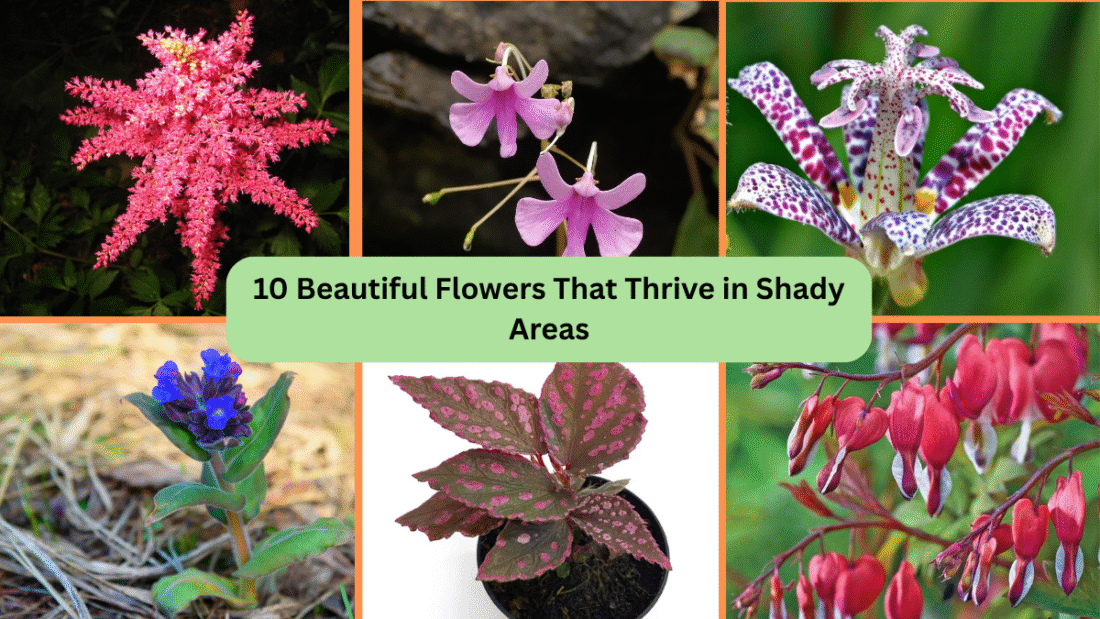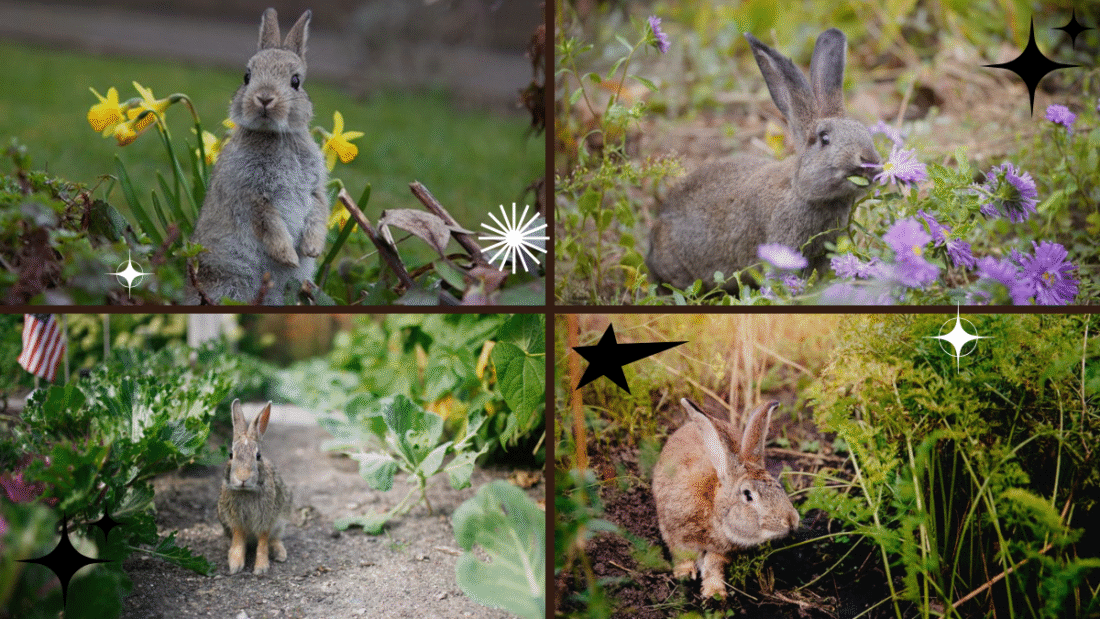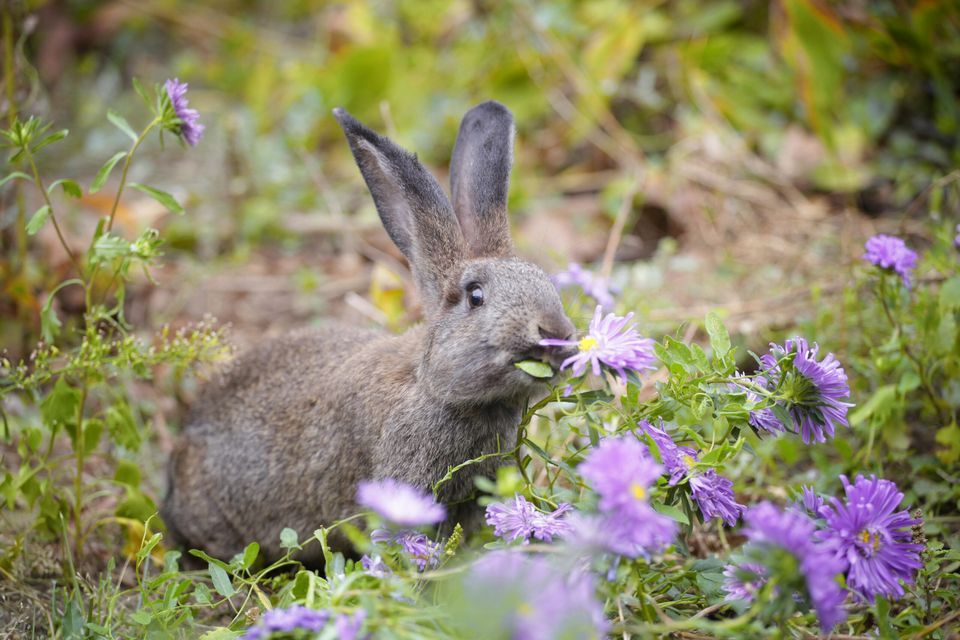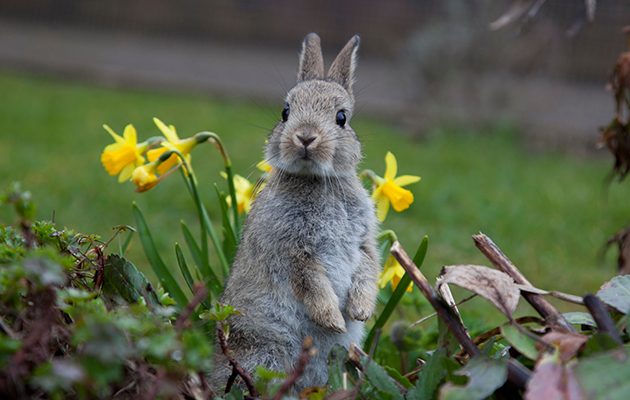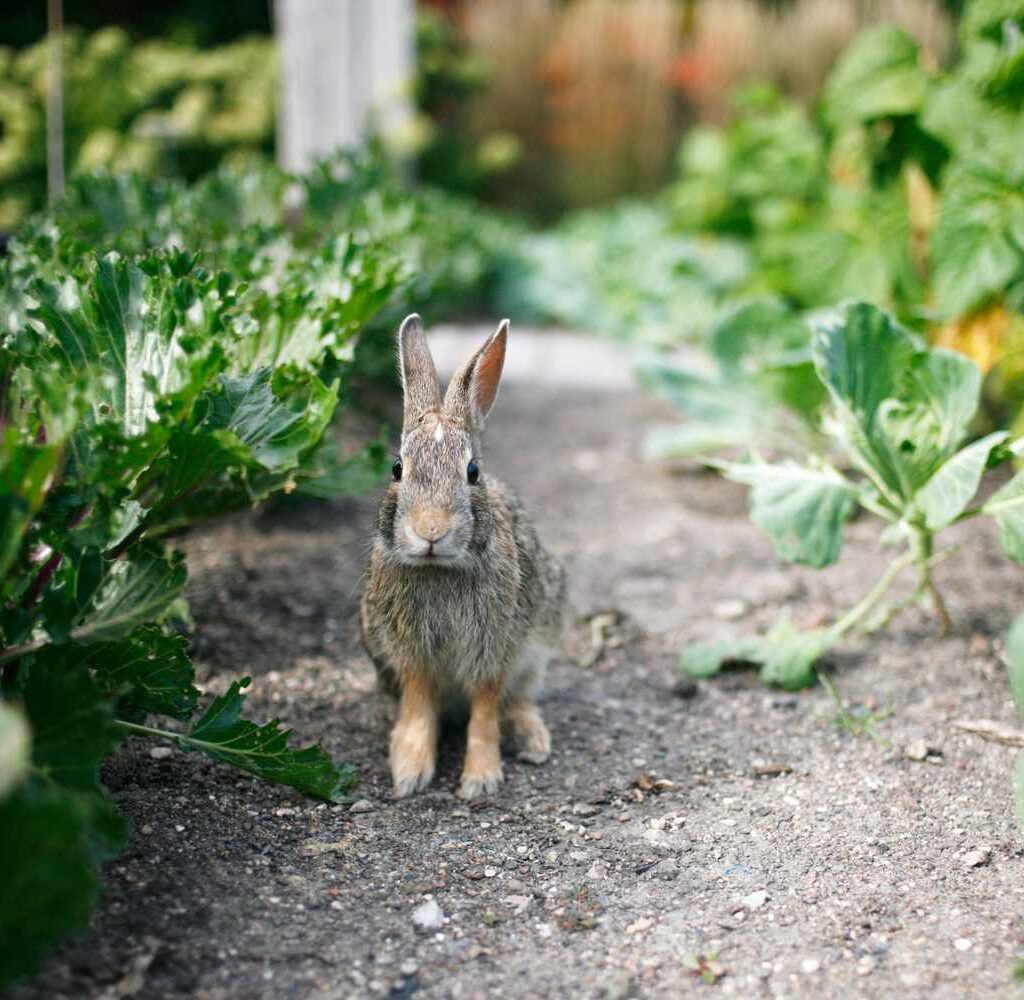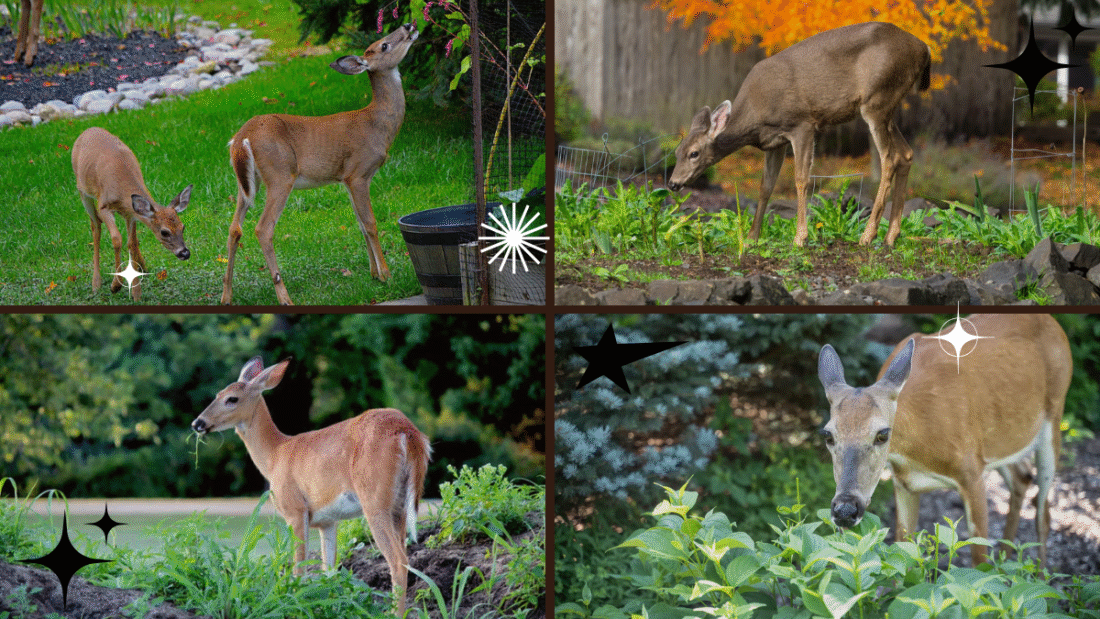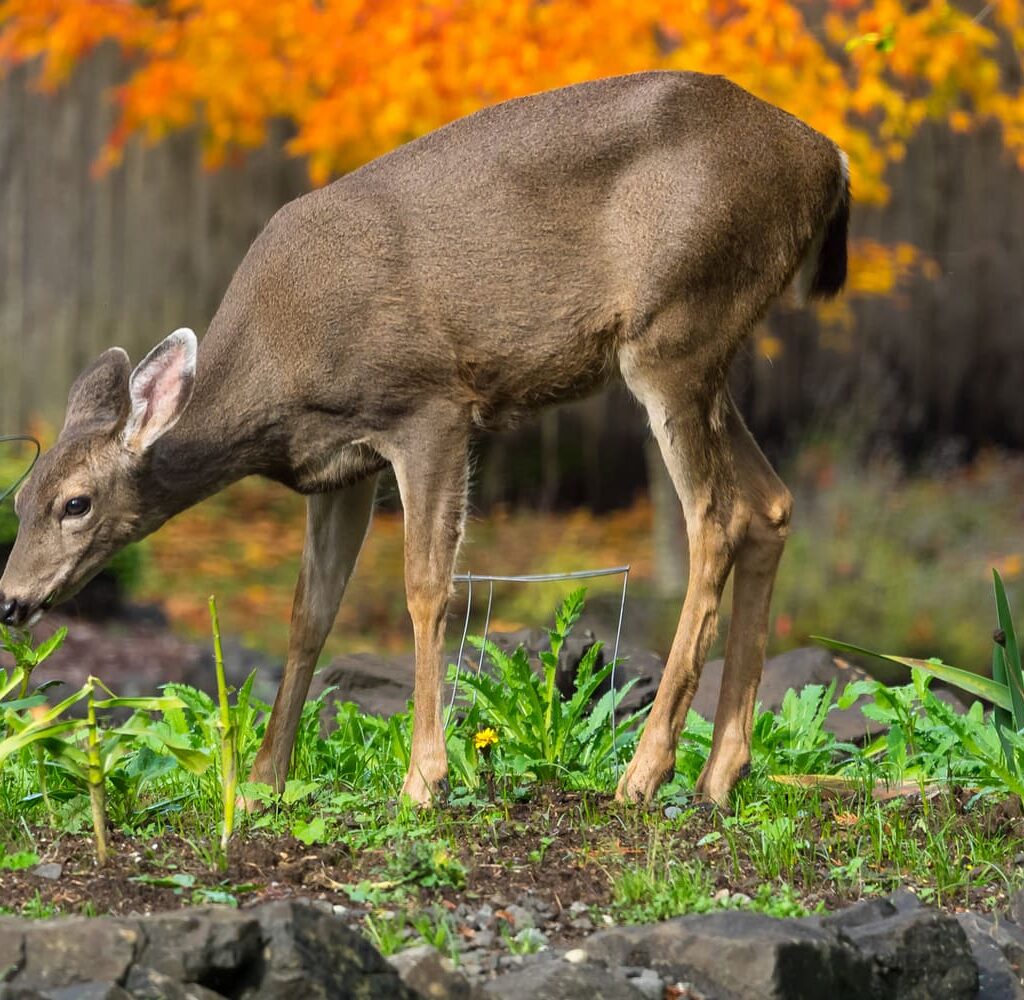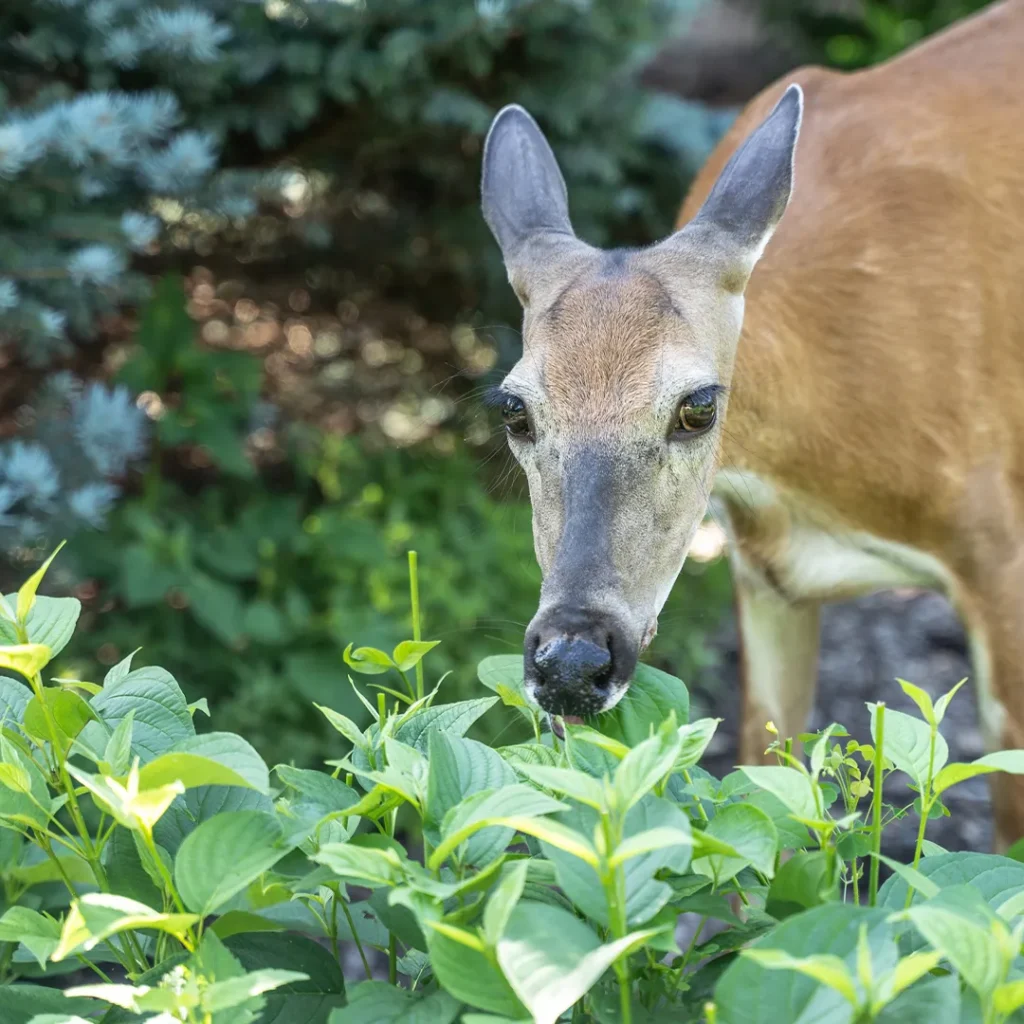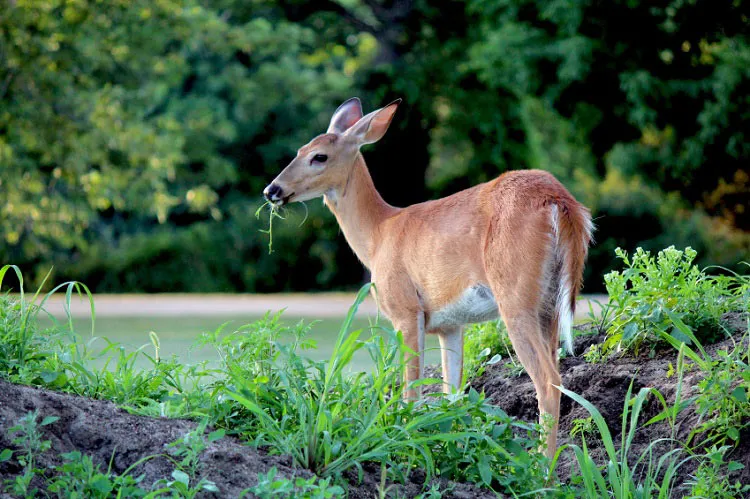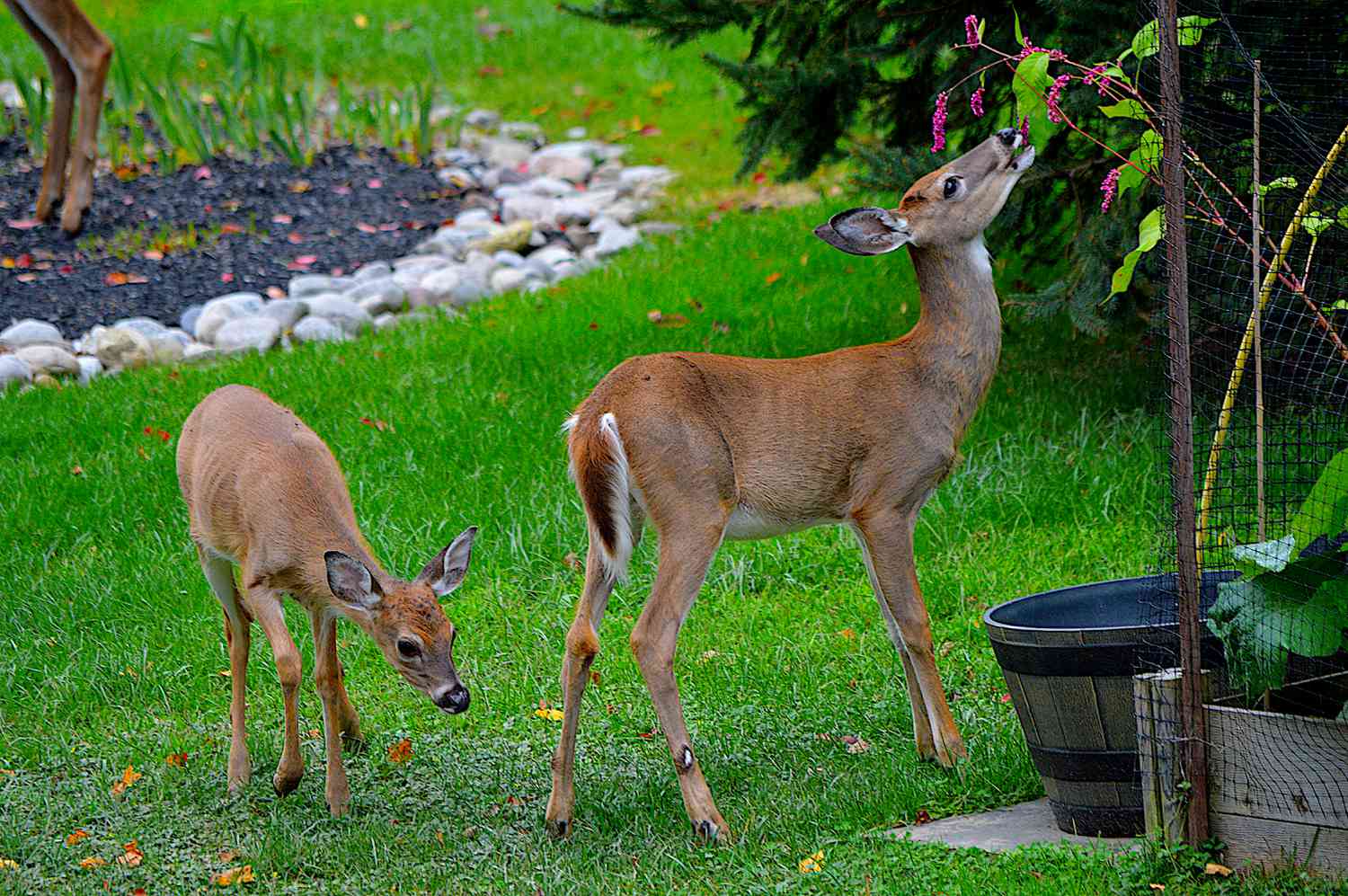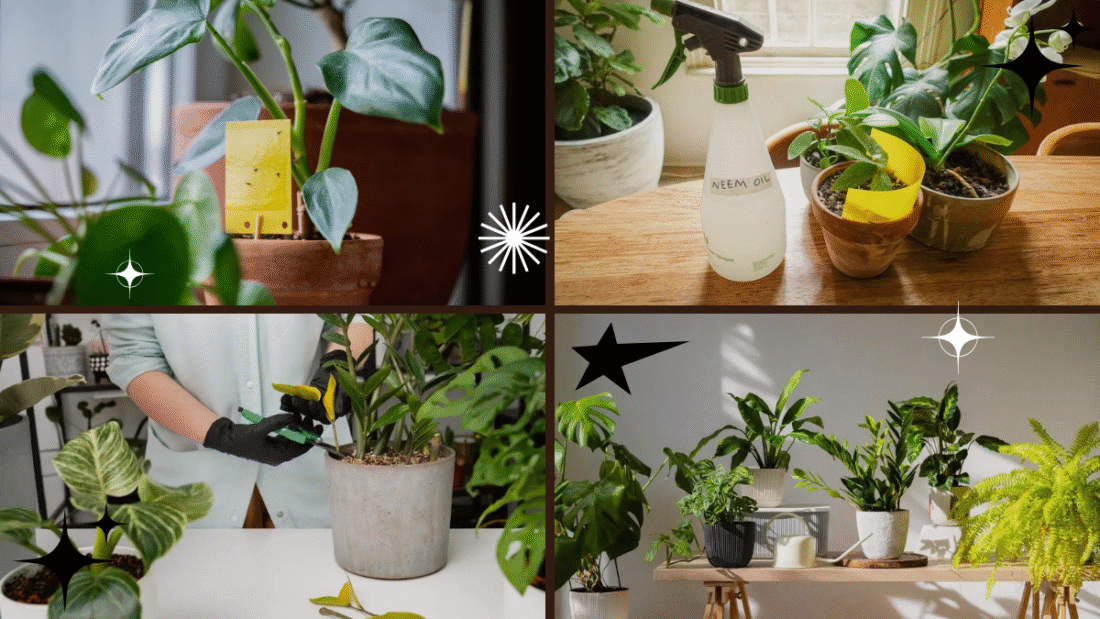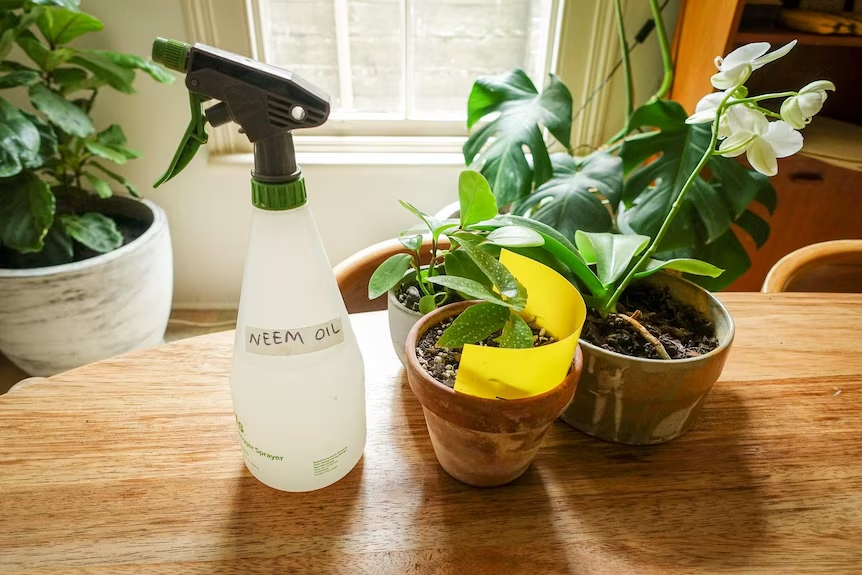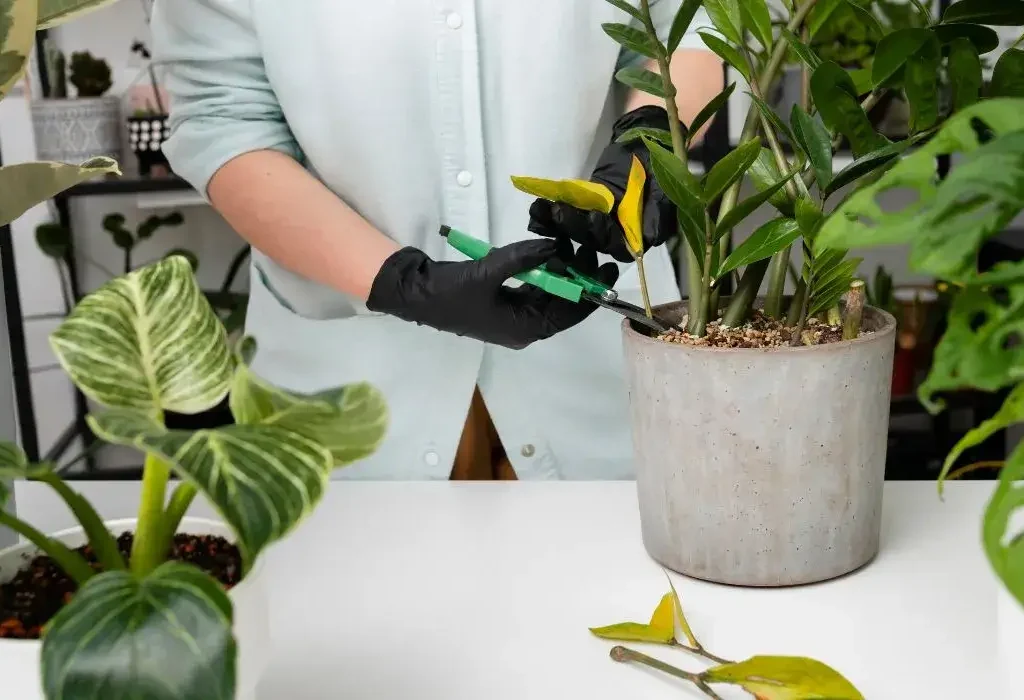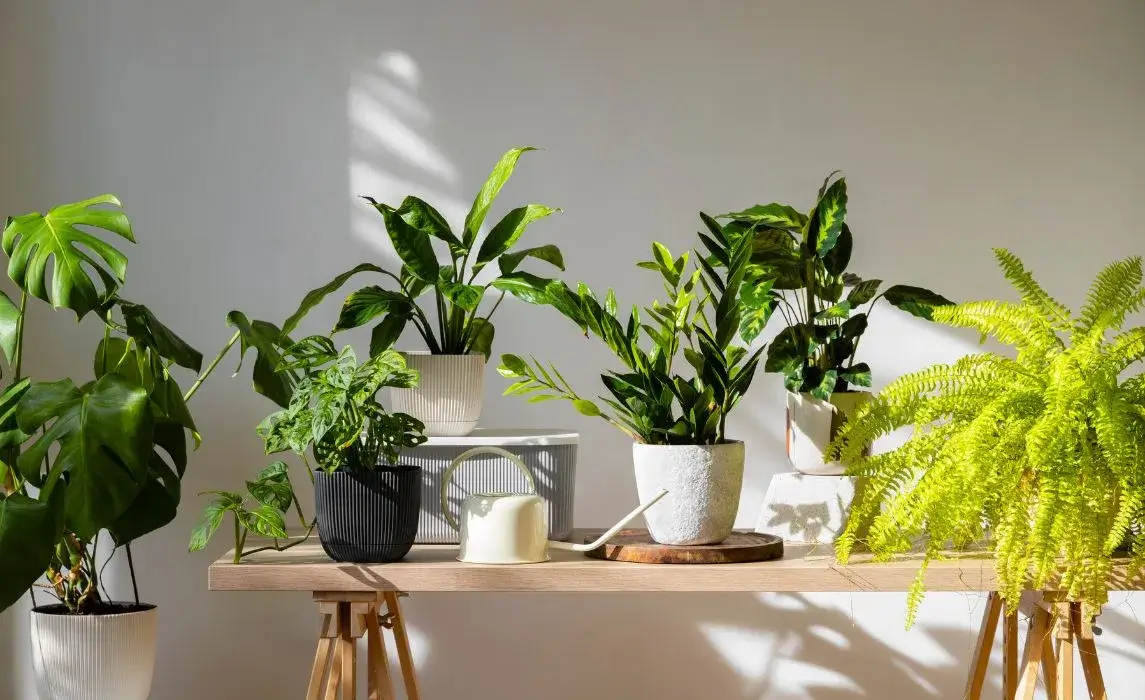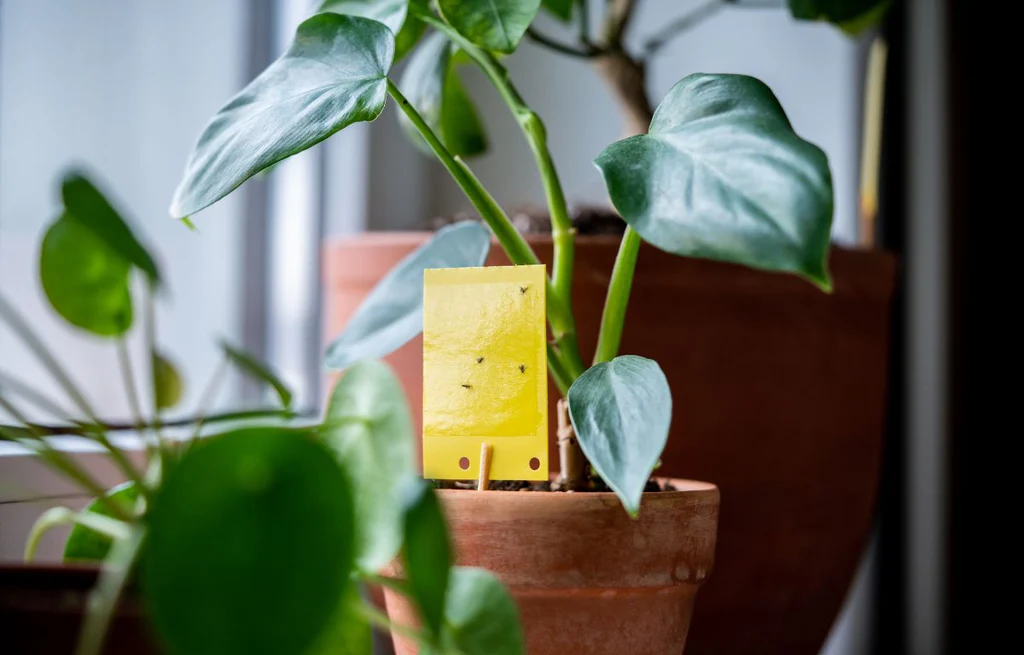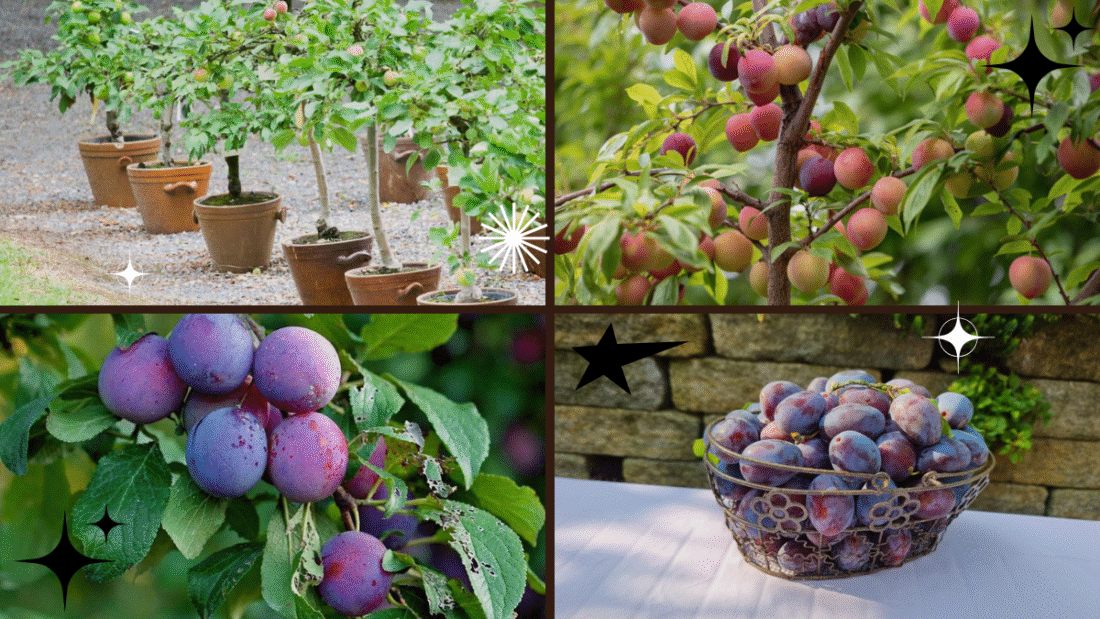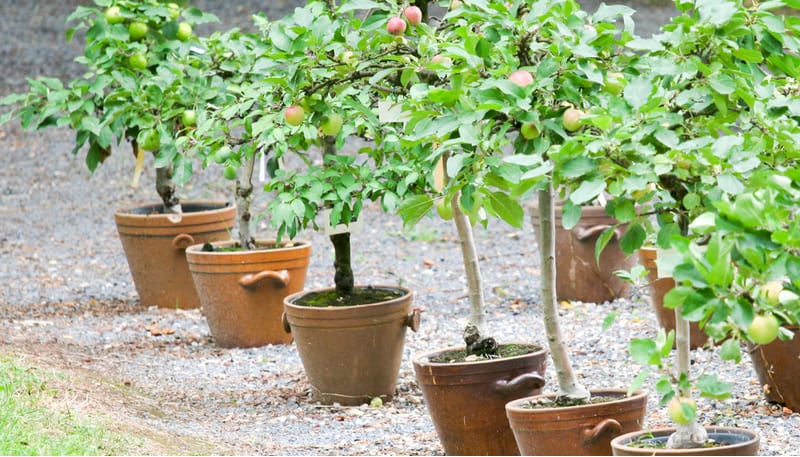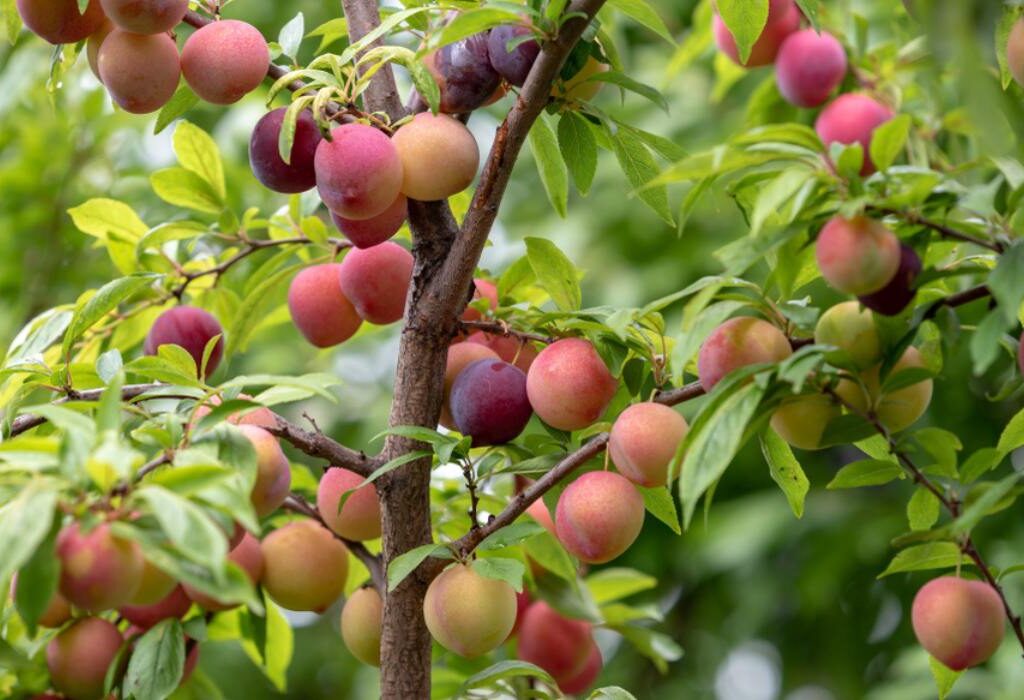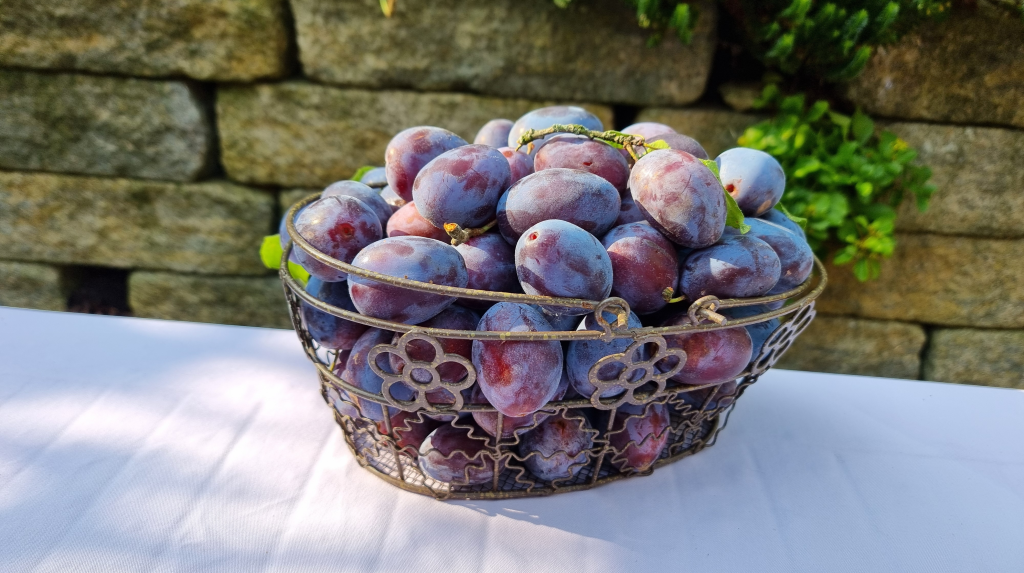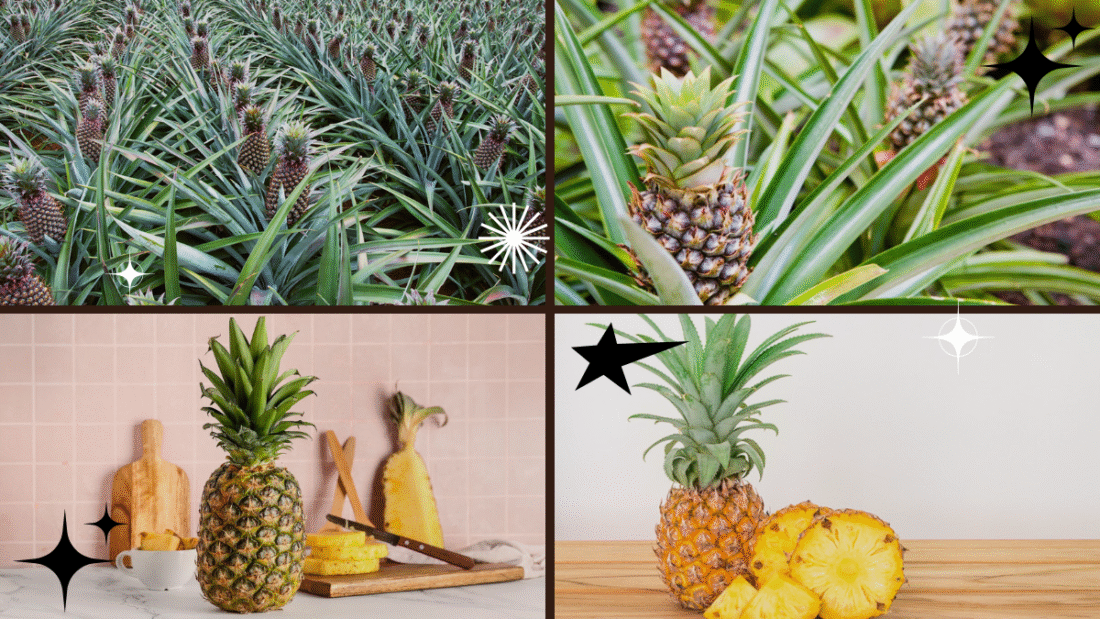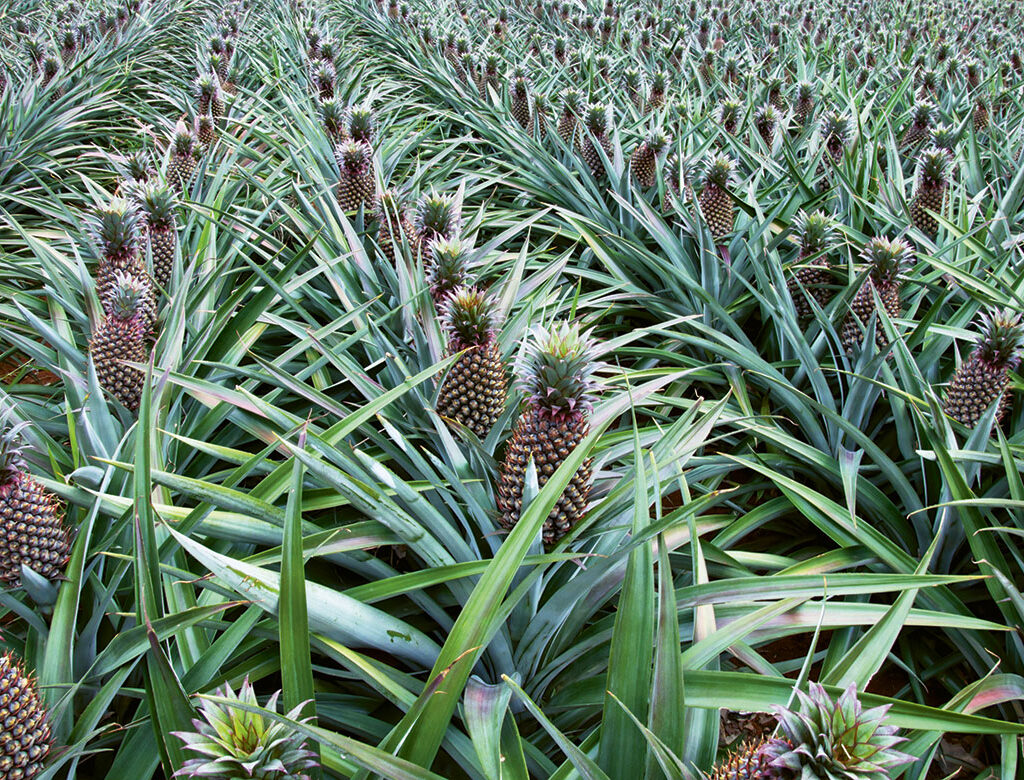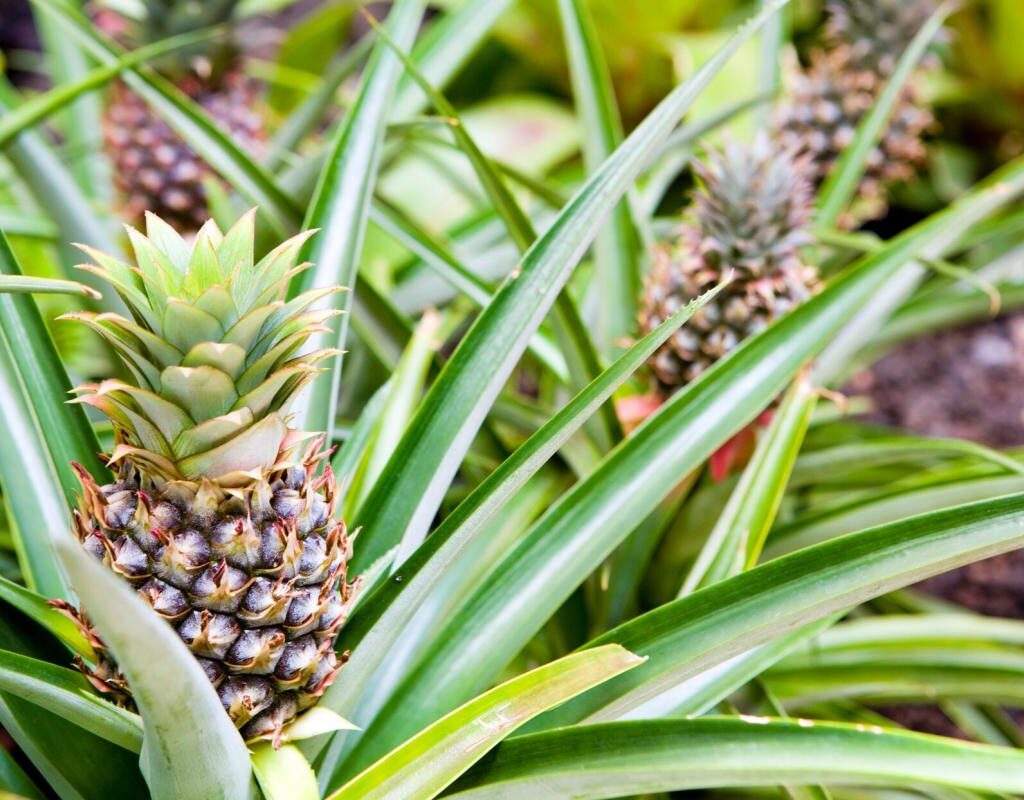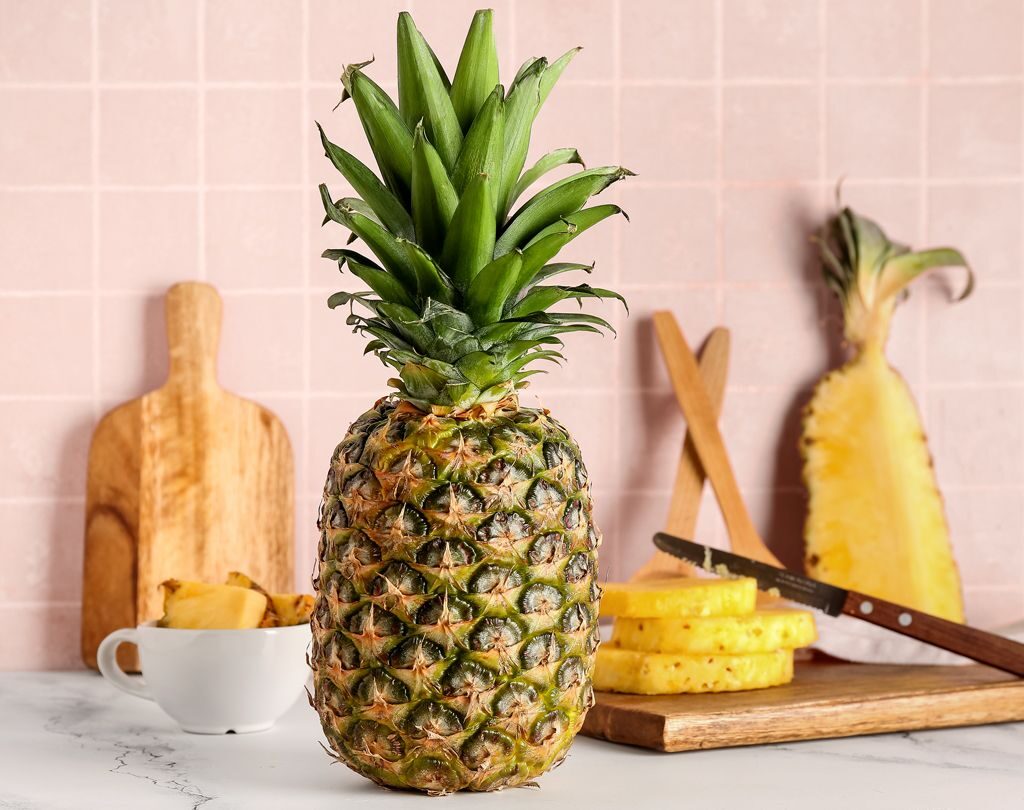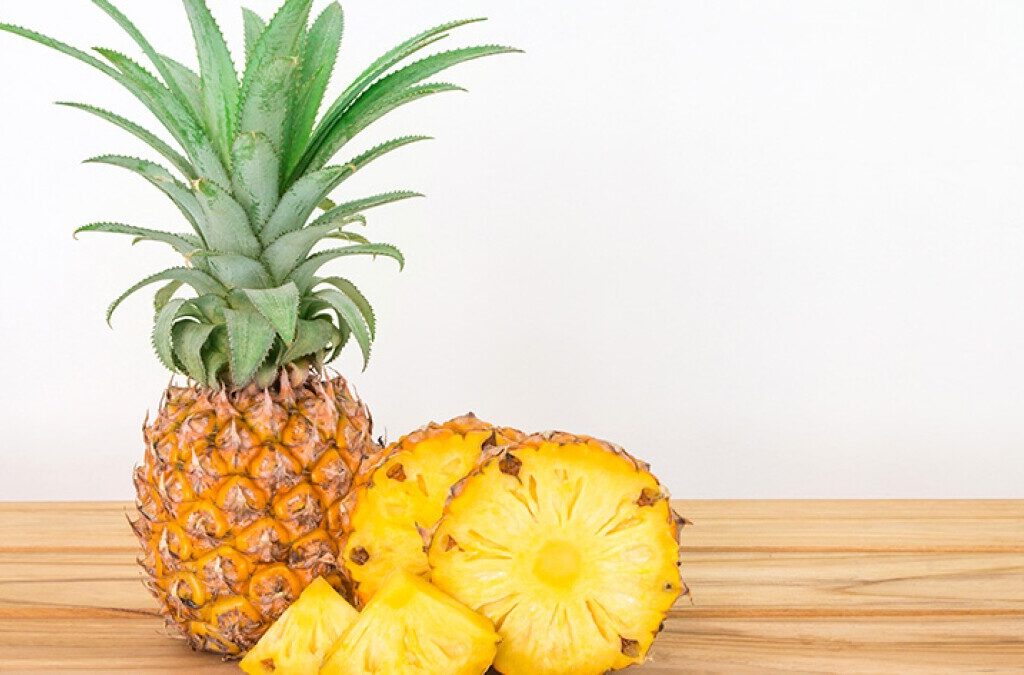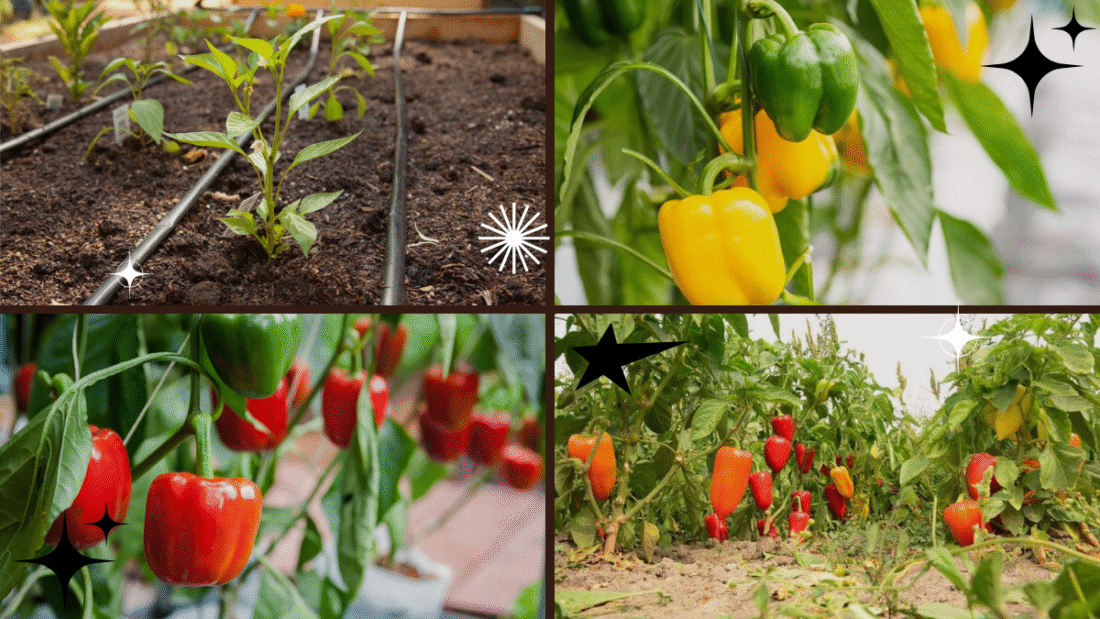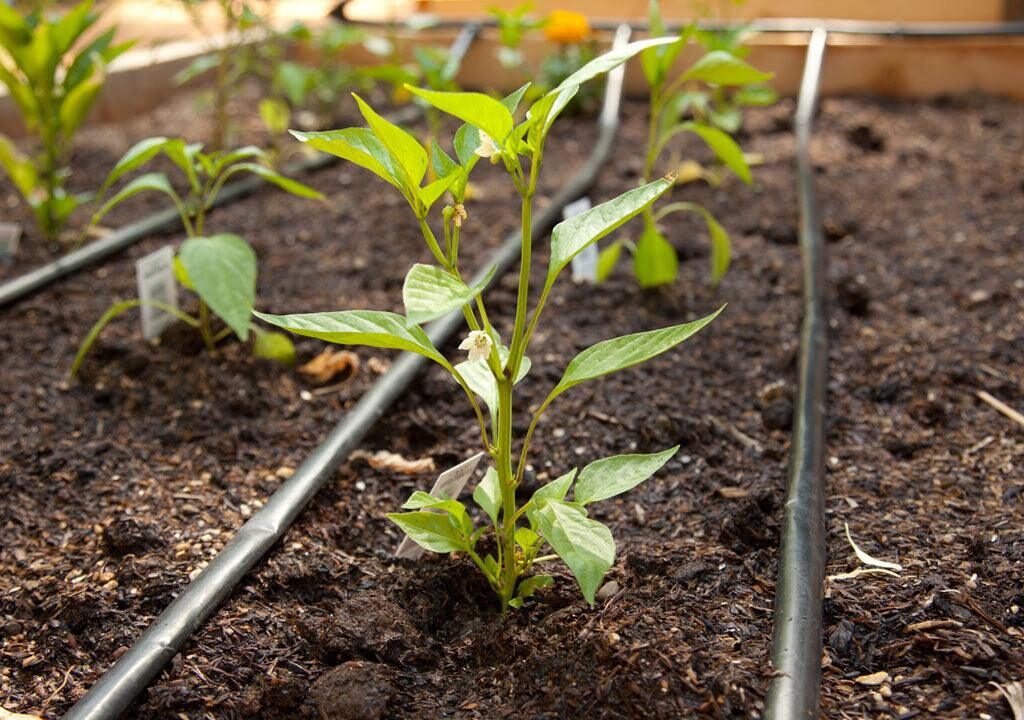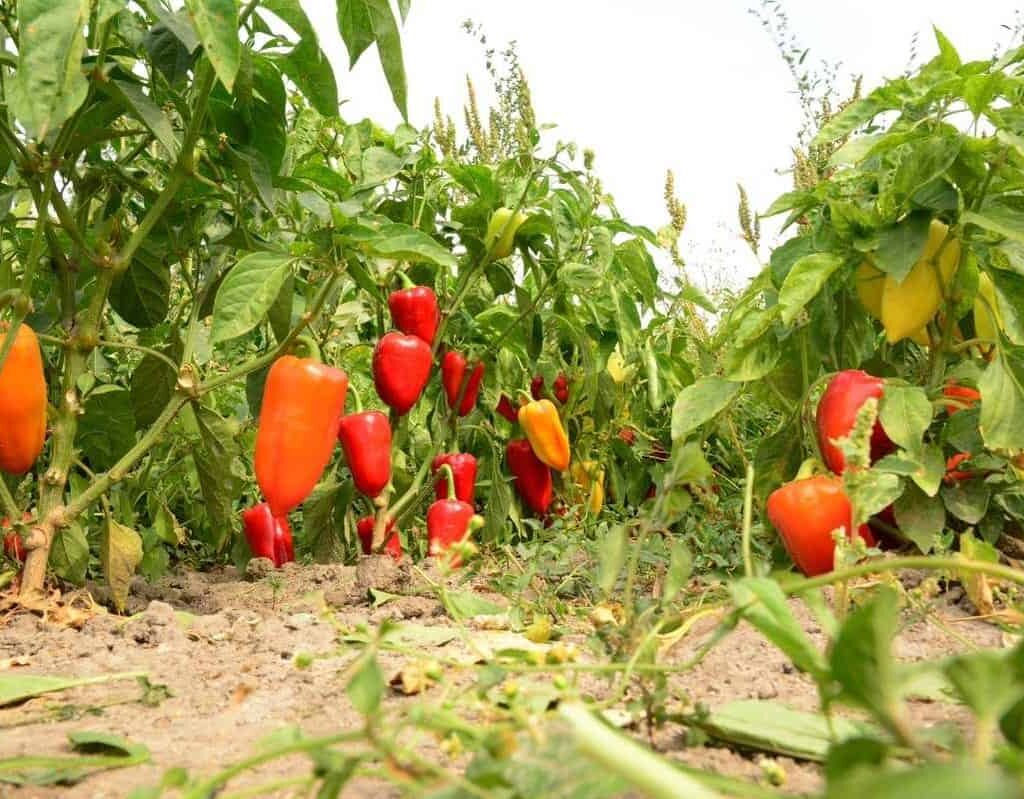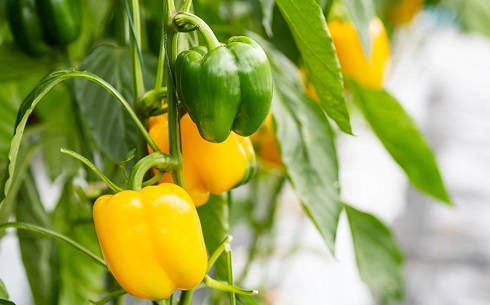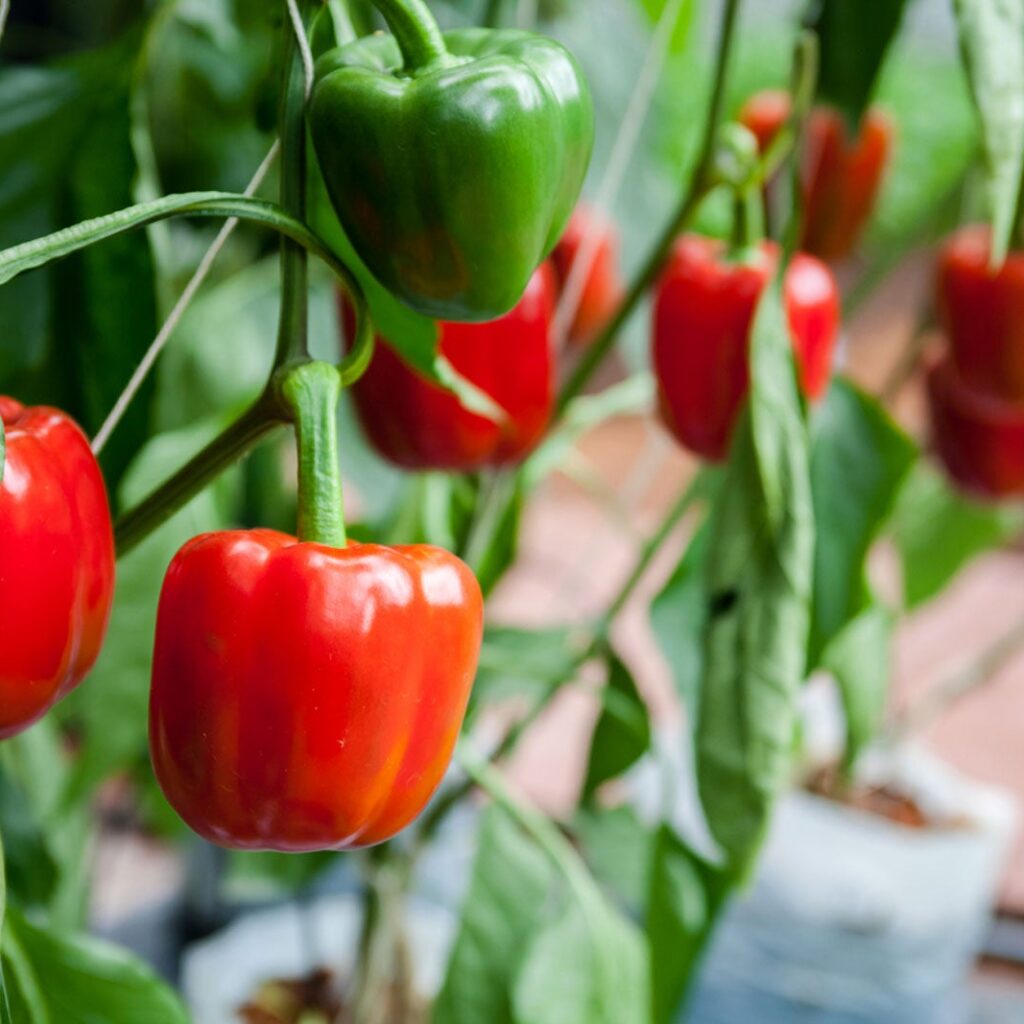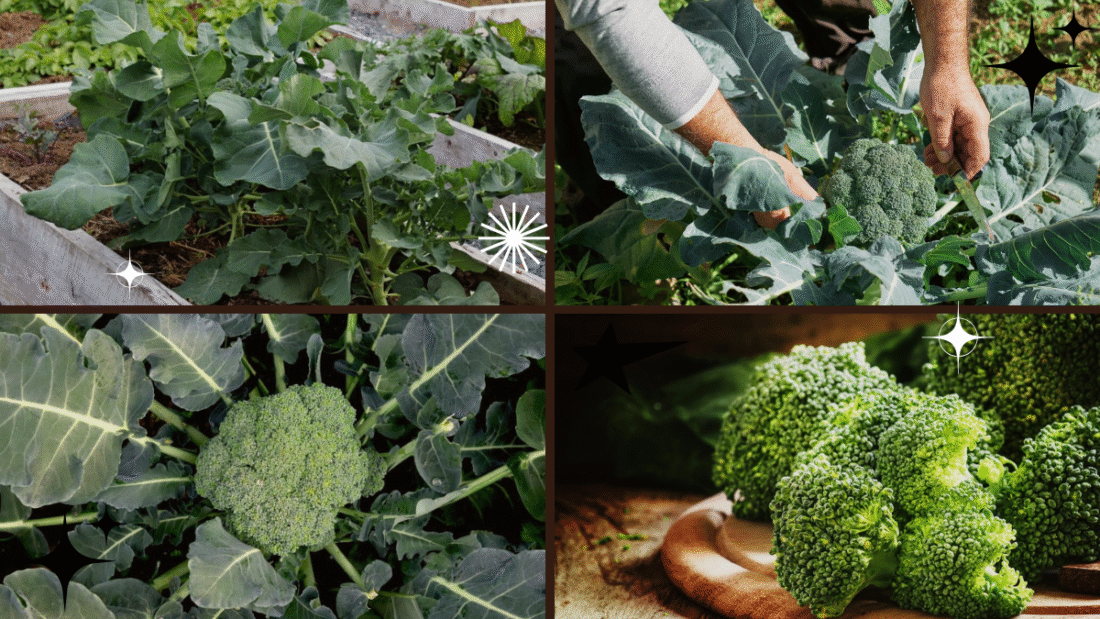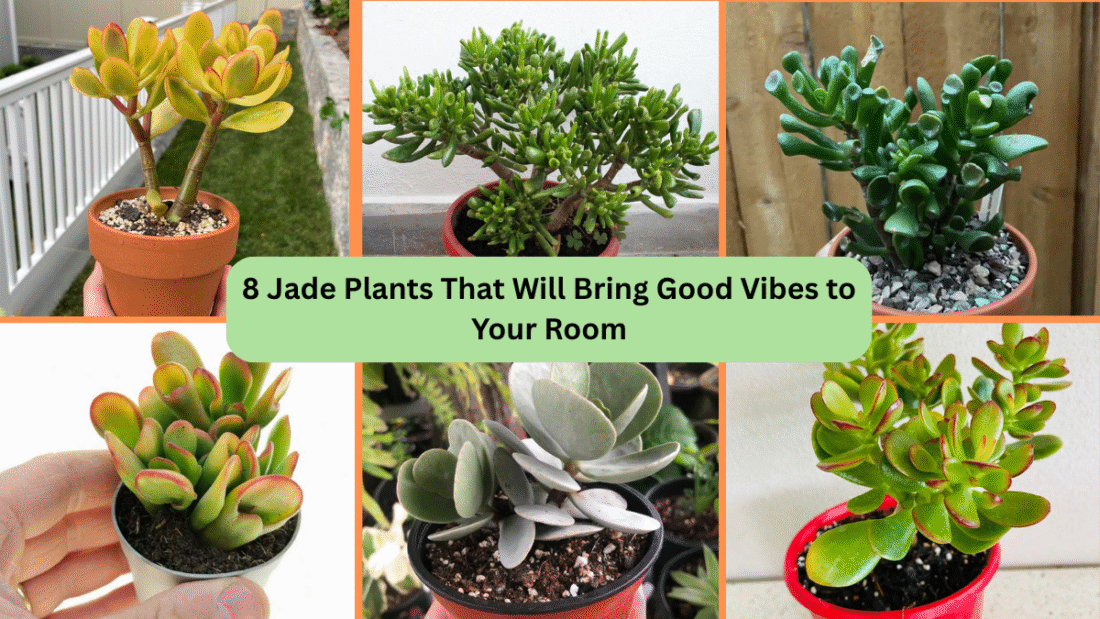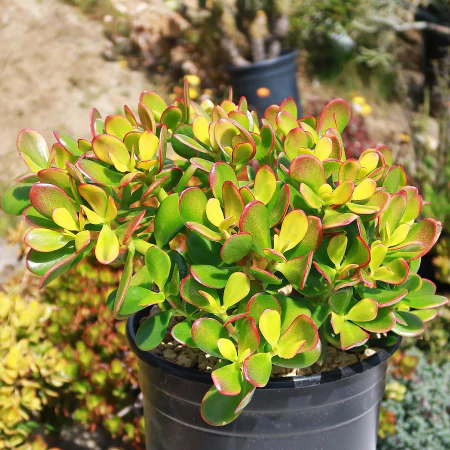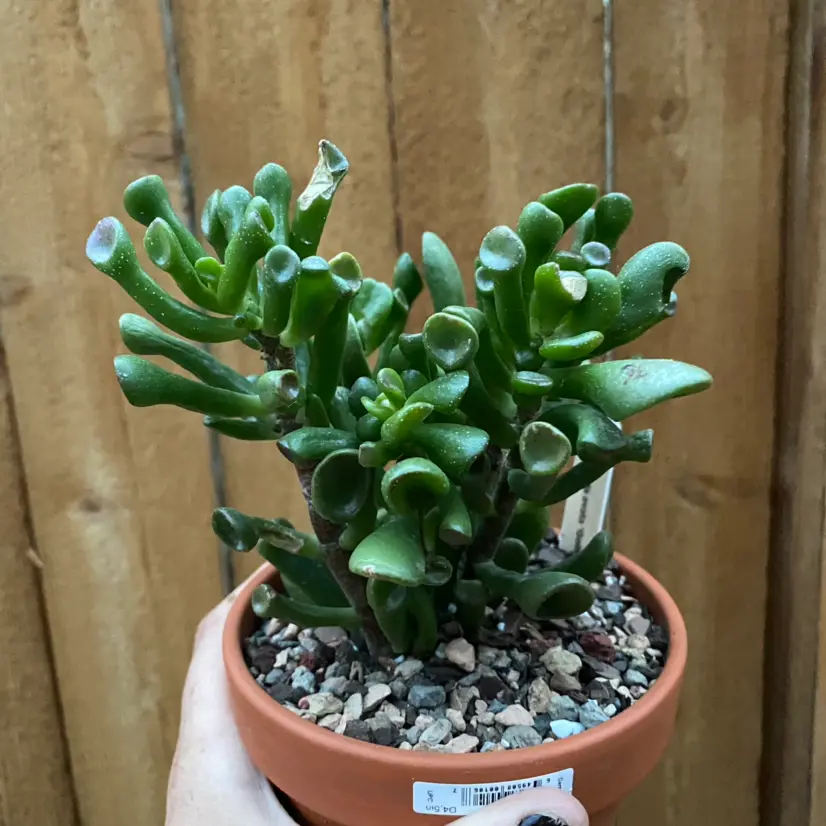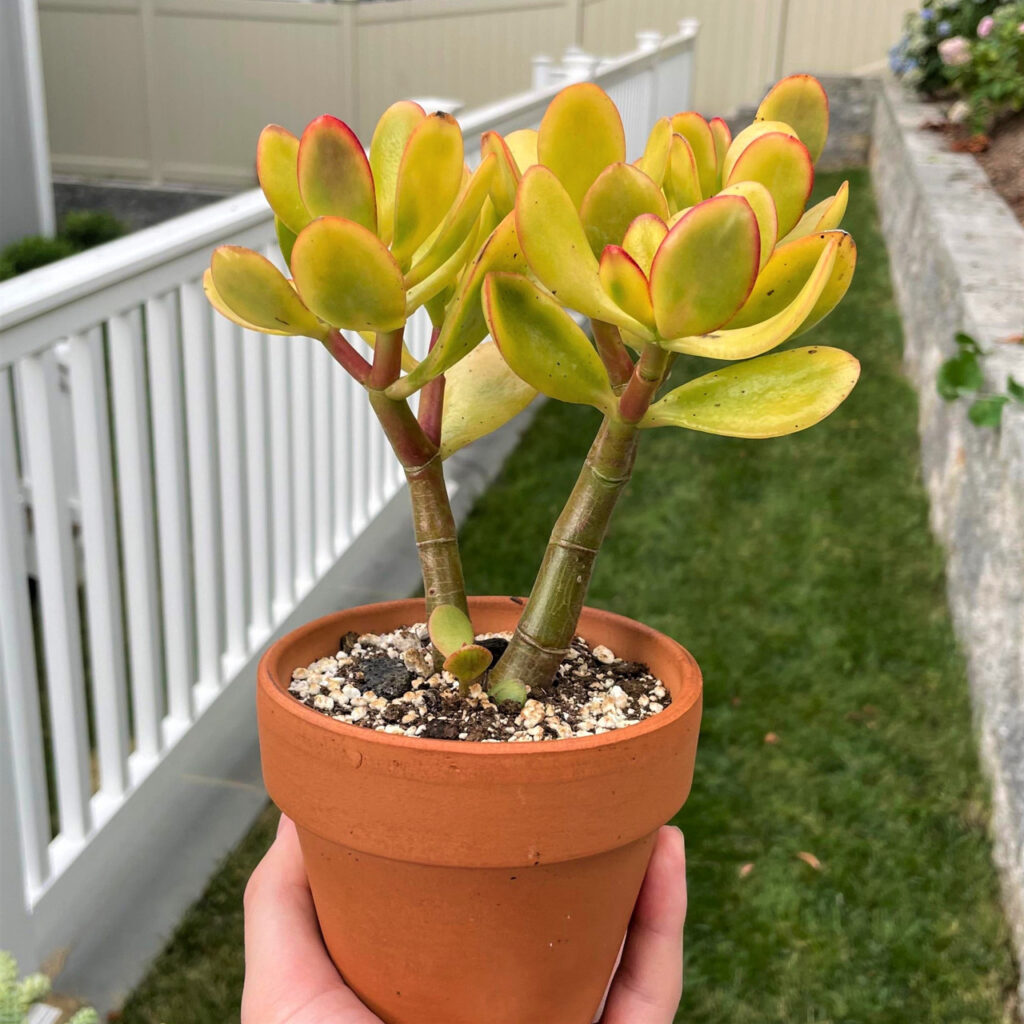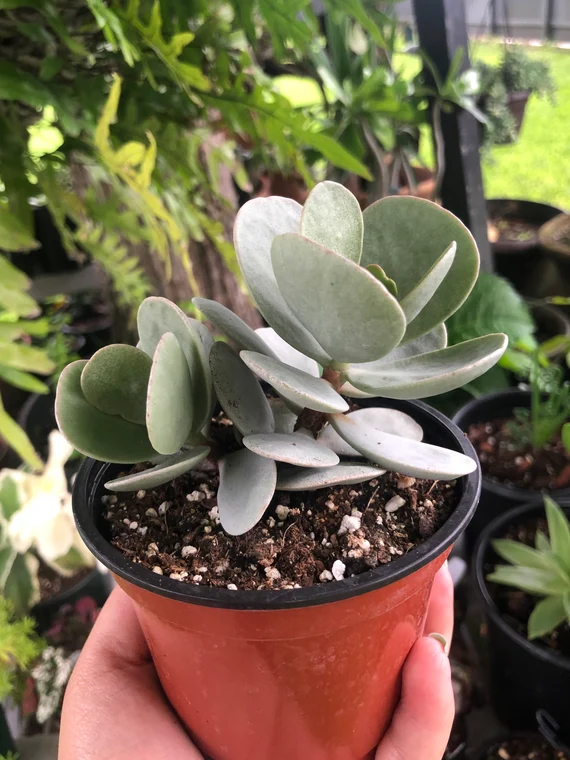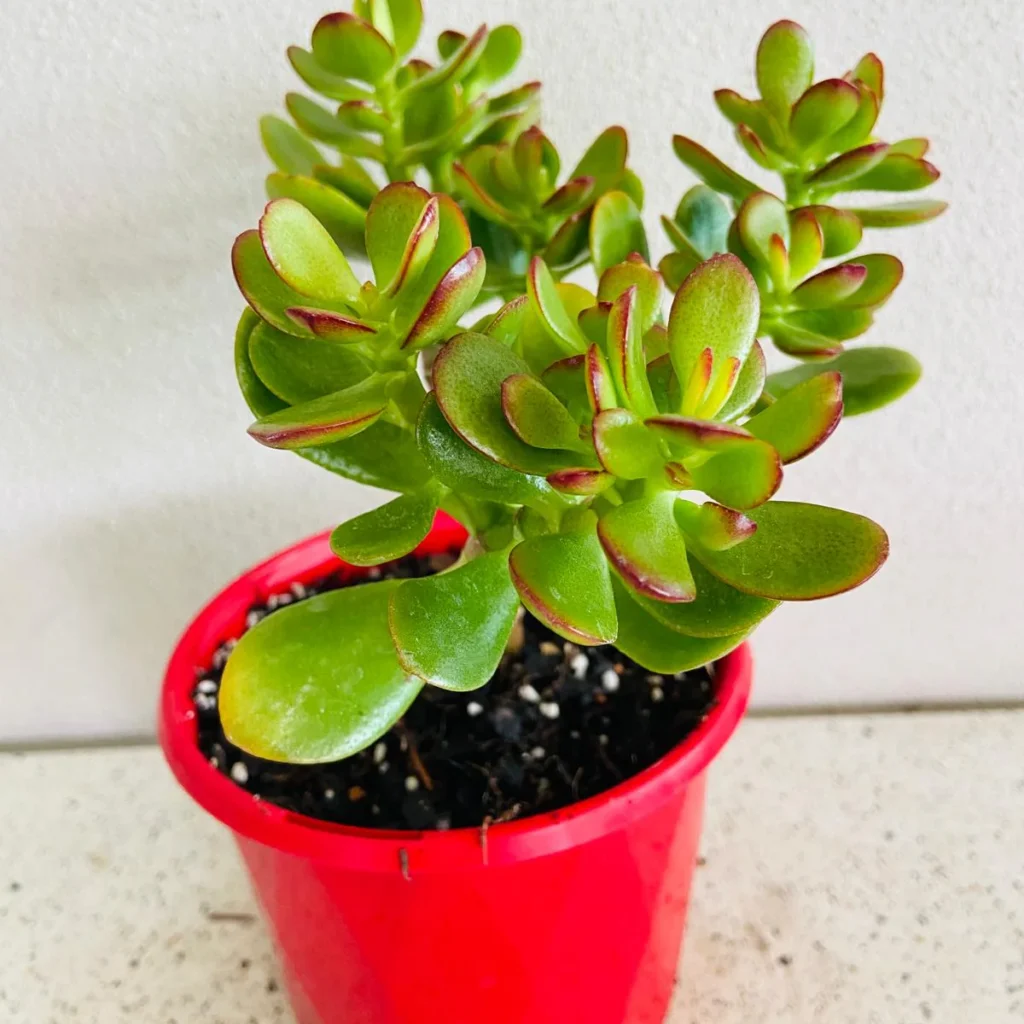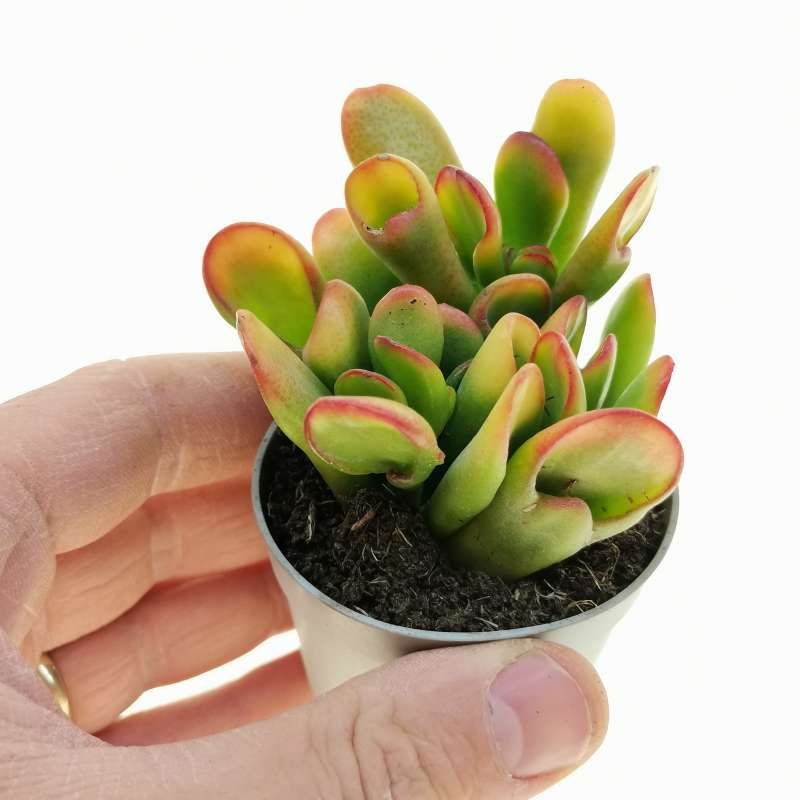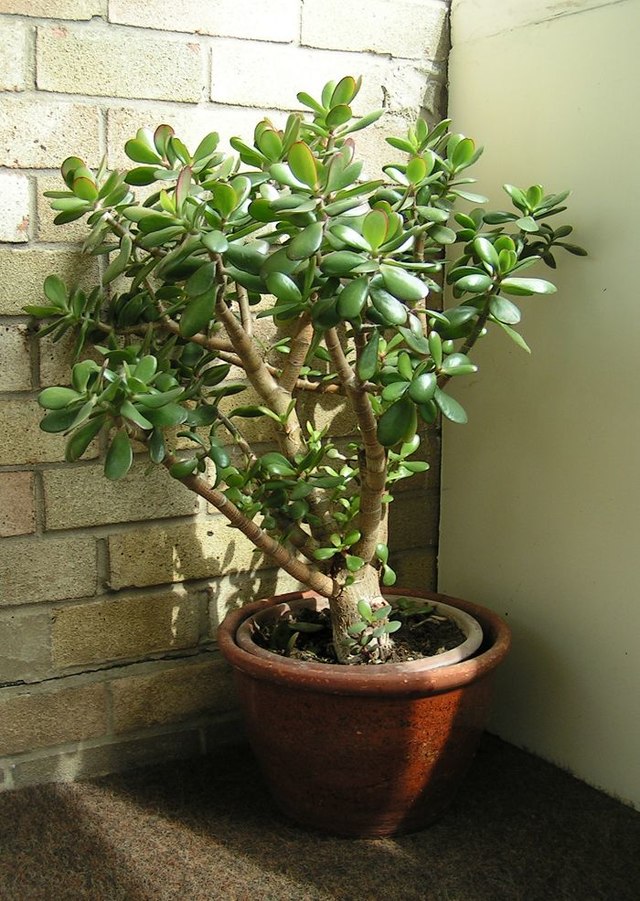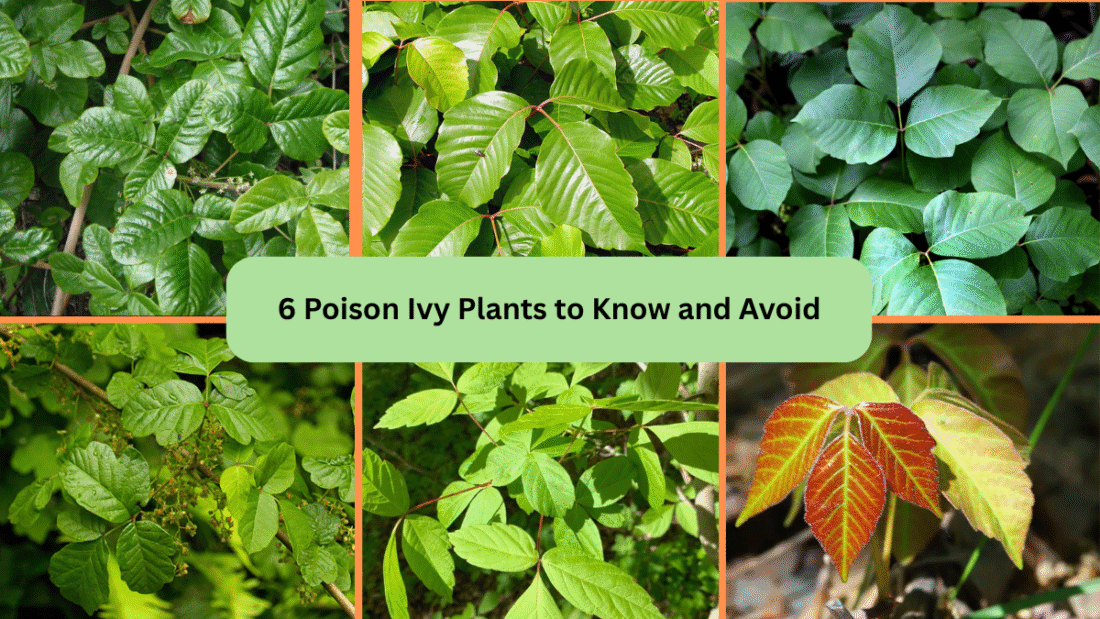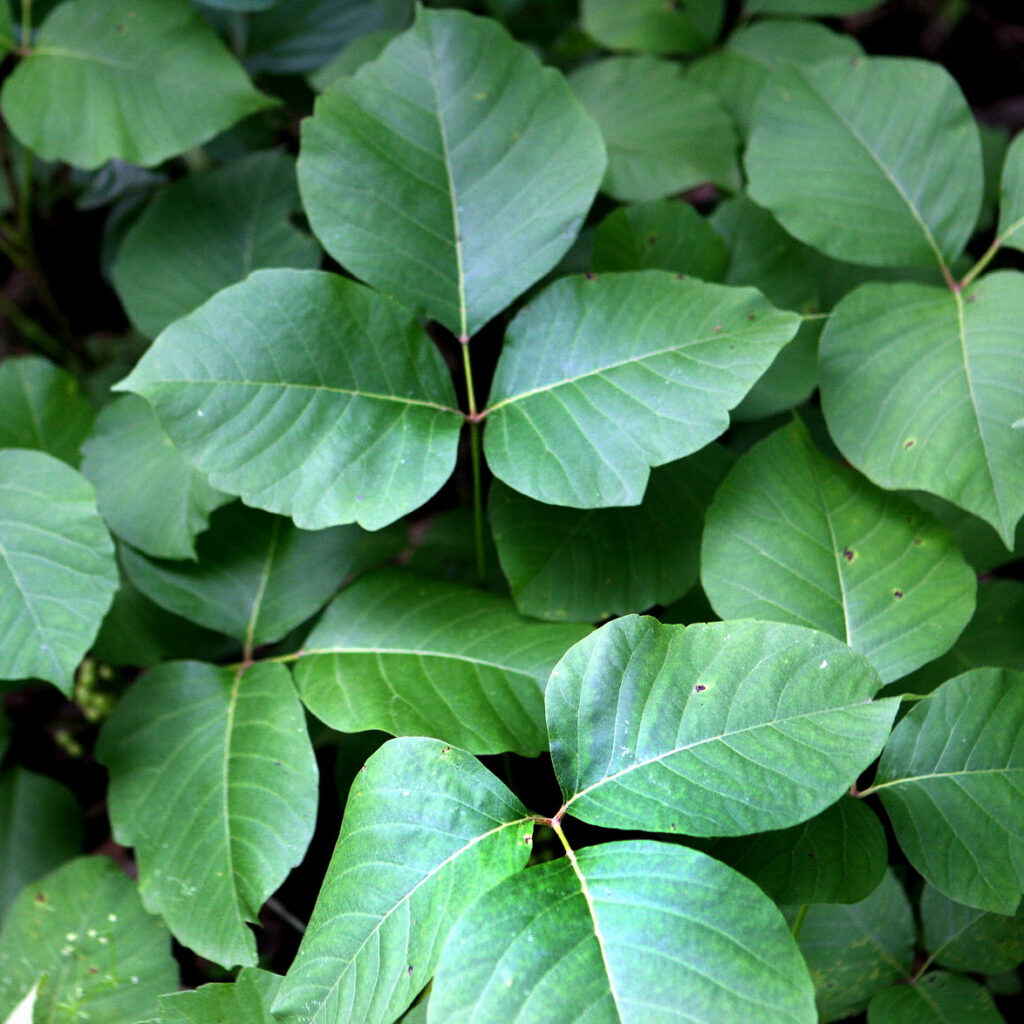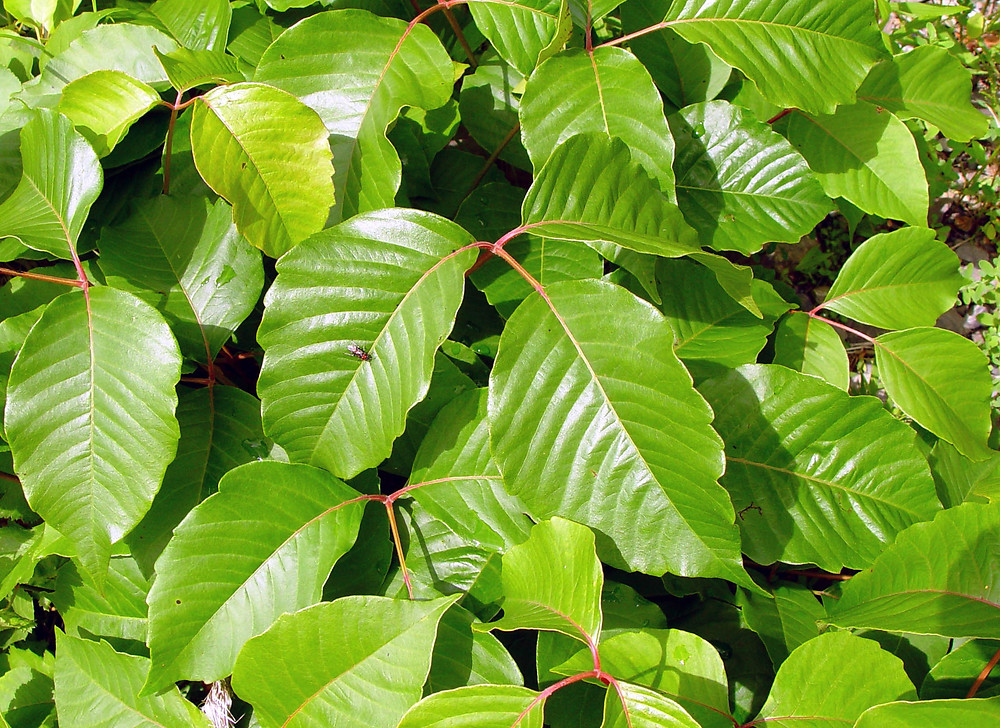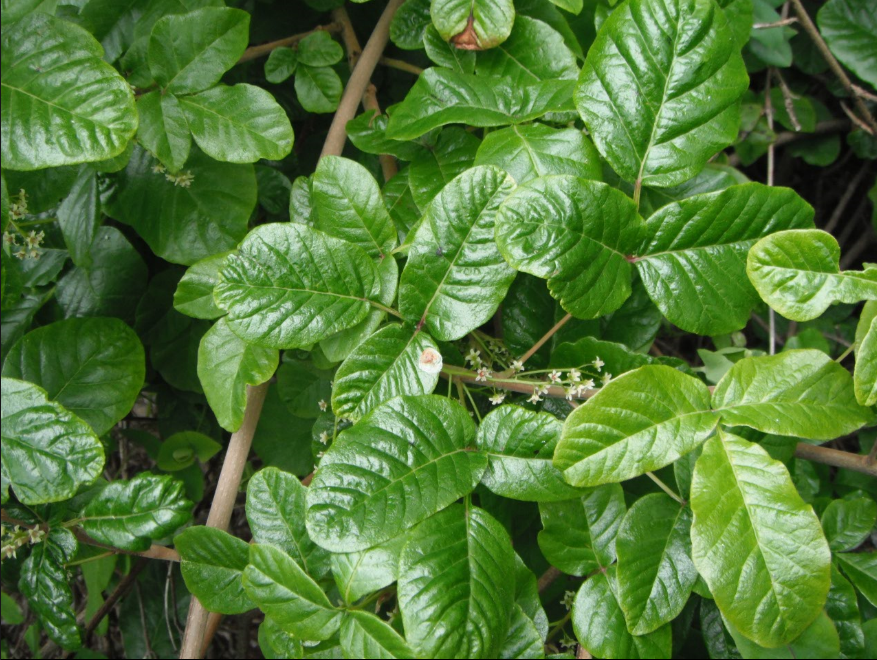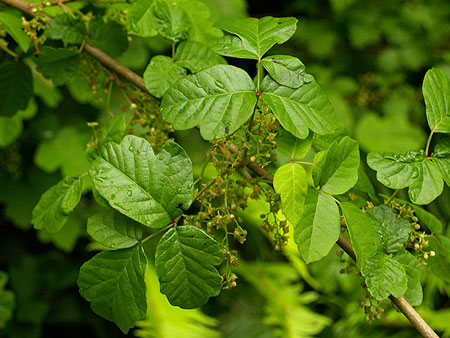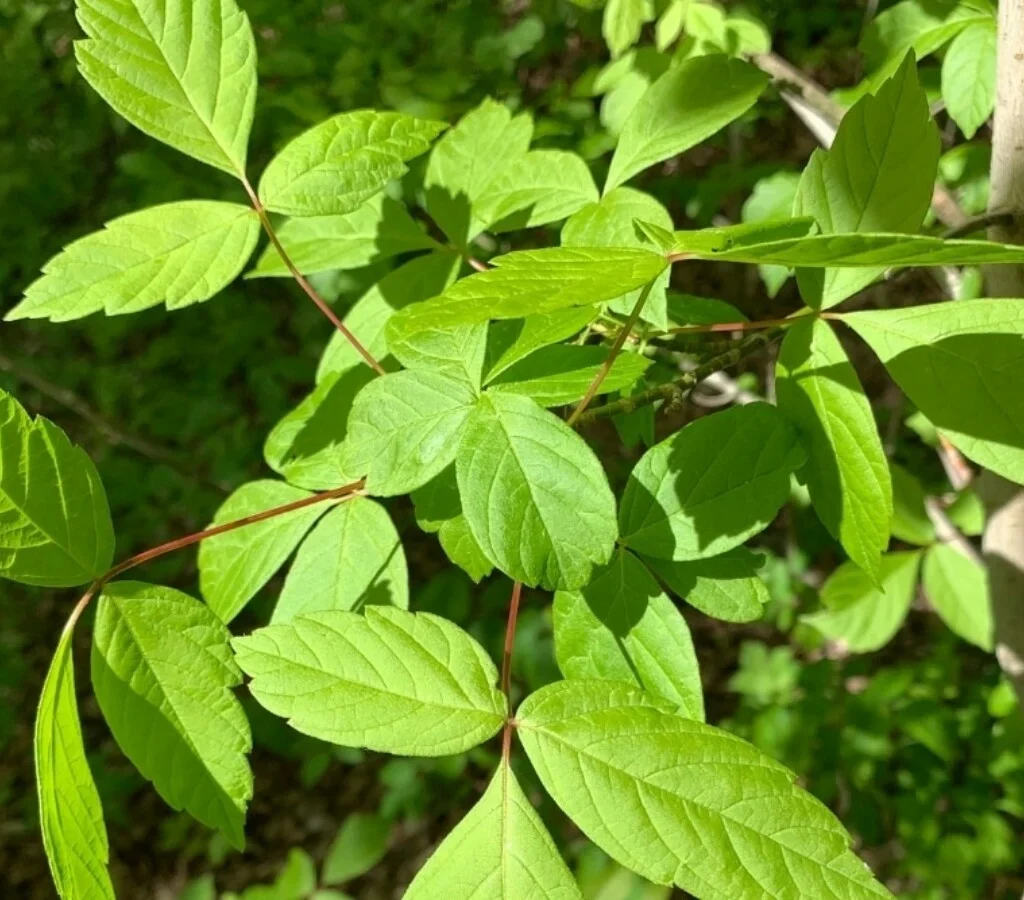When it comes to gardening, not every part of your yard will be drenched in sunlight. Shady spots, whether under large trees, along north-facing walls, or beneath overhanging eaves, often present a unique challenge for gardeners. But the good news is — many stunning flowers not only tolerate but thrive in these cooler, lower-light areas.
In fact, shade-loving flowers can create lush, tranquil garden spaces, offering delicate textures, graceful foliage, and blooms in a variety of colors. If you’re looking to brighten up your garden’s shady corners, here are 10 beautiful flowers that thrive in shady areas.
1. Astilbe (Astilbe spp.)
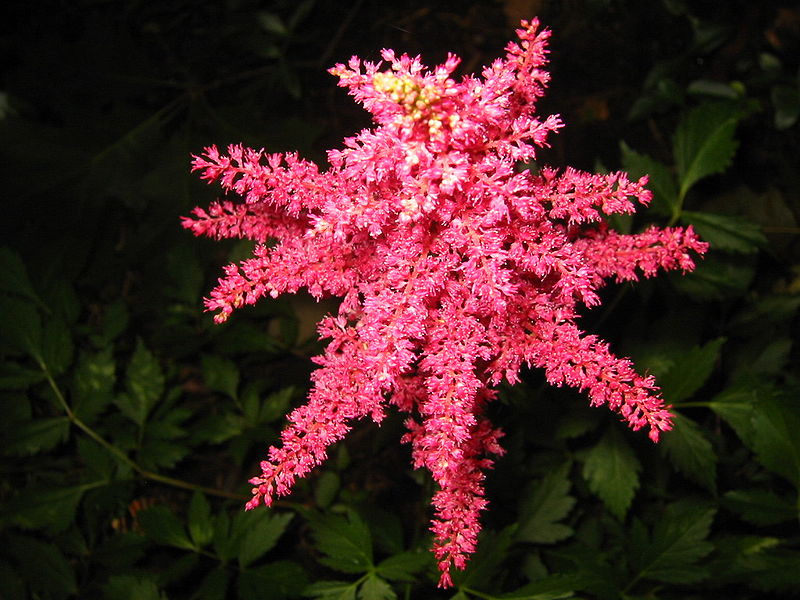
Astilbe is a garden favorite for adding color and texture to shady areas. Known for its tall, feathery plumes of flowers, astilbe blooms in shades of pink, white, red, and lavender from late spring to summer.
Not only do these flowers thrive in part to full shade, but they also prefer moist, well-drained soil, making them perfect for woodland gardens or shaded borders. Astilbe’s finely divided, fern-like foliage adds visual interest even when the plant is not in bloom. A bonus — they’re deer-resistant and attract pollinators like butterflies.
2. Bleeding Heart (Dicentra spectabilis)
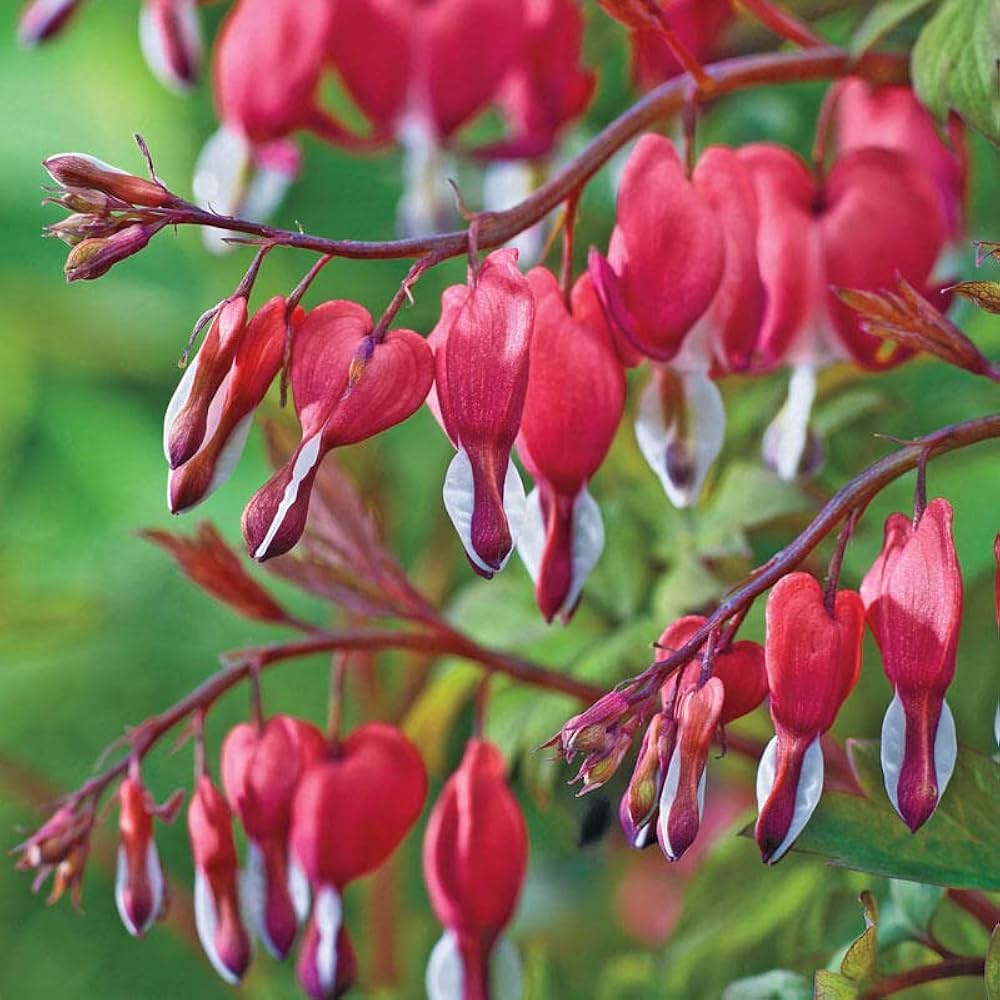
With its heart-shaped, pendulous flowers dangling from arching stems, the Bleeding Heart is one of the most romantic and classic shade plants. Native to Asia, this perennial blooms in early spring, displaying delicate pink and white blossoms.
Bleeding Hearts thrive in rich, moist soil in partial to full shade, making them ideal for shaded borders, woodland areas, and under large trees. As temperatures rise in the heat of summer, their foliage naturally fades back, so pair them with summer-blooming shade plants like hostas for continuous interest.
3. Hellebore (Helleborus spp.)
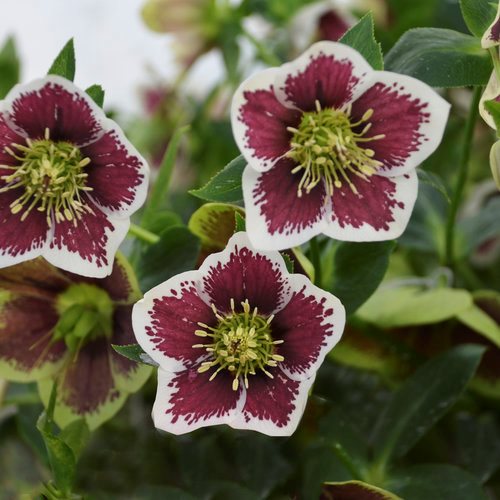
Also known as the Lenten Rose, hellebores are one of the first flowers to bloom in late winter or early spring, often peeking through snow-covered soil. Their nodding, cup-shaped flowers come in an array of colors — from creamy whites and soft pinks to deep purples and greens.
Hellebores thrive in part to full shade, especially in areas with rich, well-draining soil. These tough perennials are also drought-tolerant once established and are known for their evergreen foliage, which remains attractive year-round.
4. Toad Lily (Tricyrtis hirta)
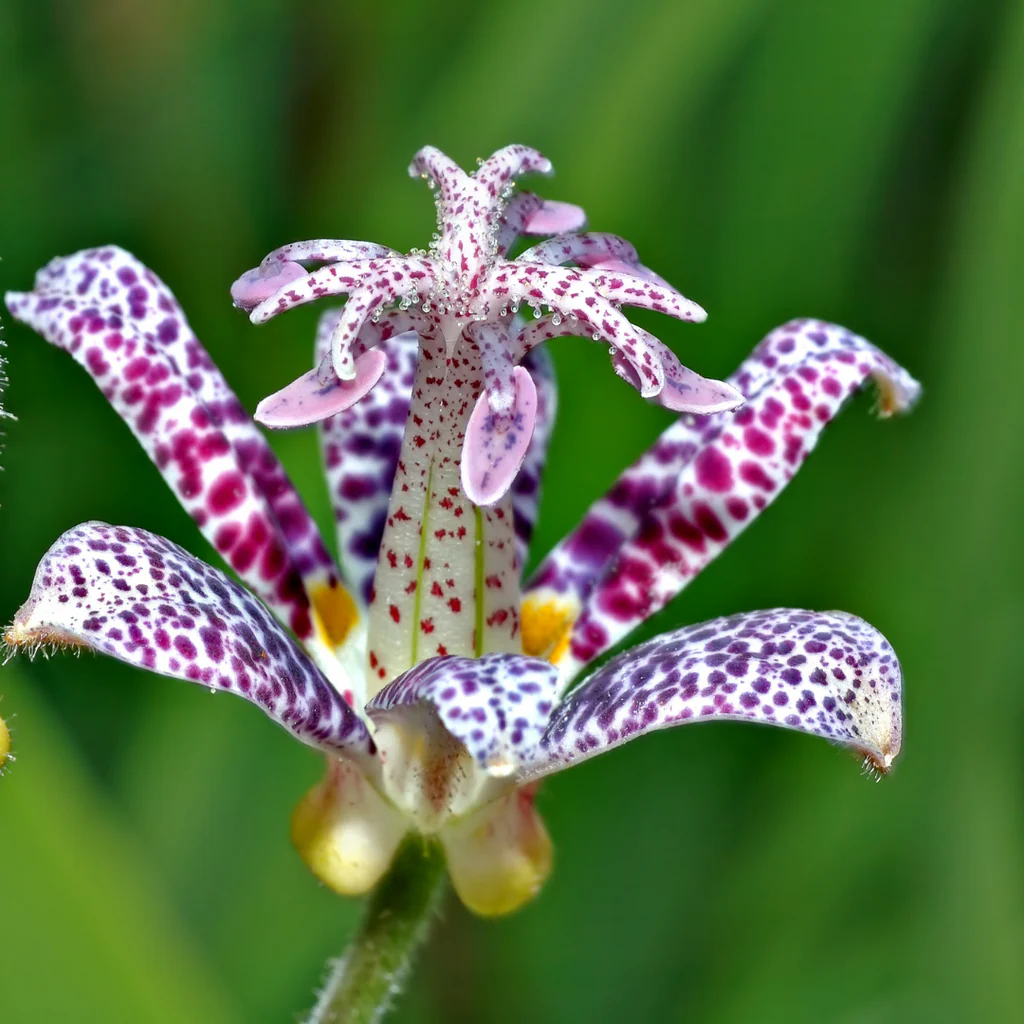
If you’re searching for an exotic-looking flower for shady spots, look no further than the Toad Lily. These late-season bloomers showcase delicate, orchid-like flowers speckled with purple, blue, or pink spots.
Toad lilies prefer partial to full shade and humus-rich, consistently moist soil. They’re perfect for shady borders, along paths, or near water features. Their unusual blooms and upright habit bring a touch of elegance and surprise to shaded gardens, often blooming in late summer to fall when other flowers are winding down.
5. Impatiens (Impatiens walleriana)
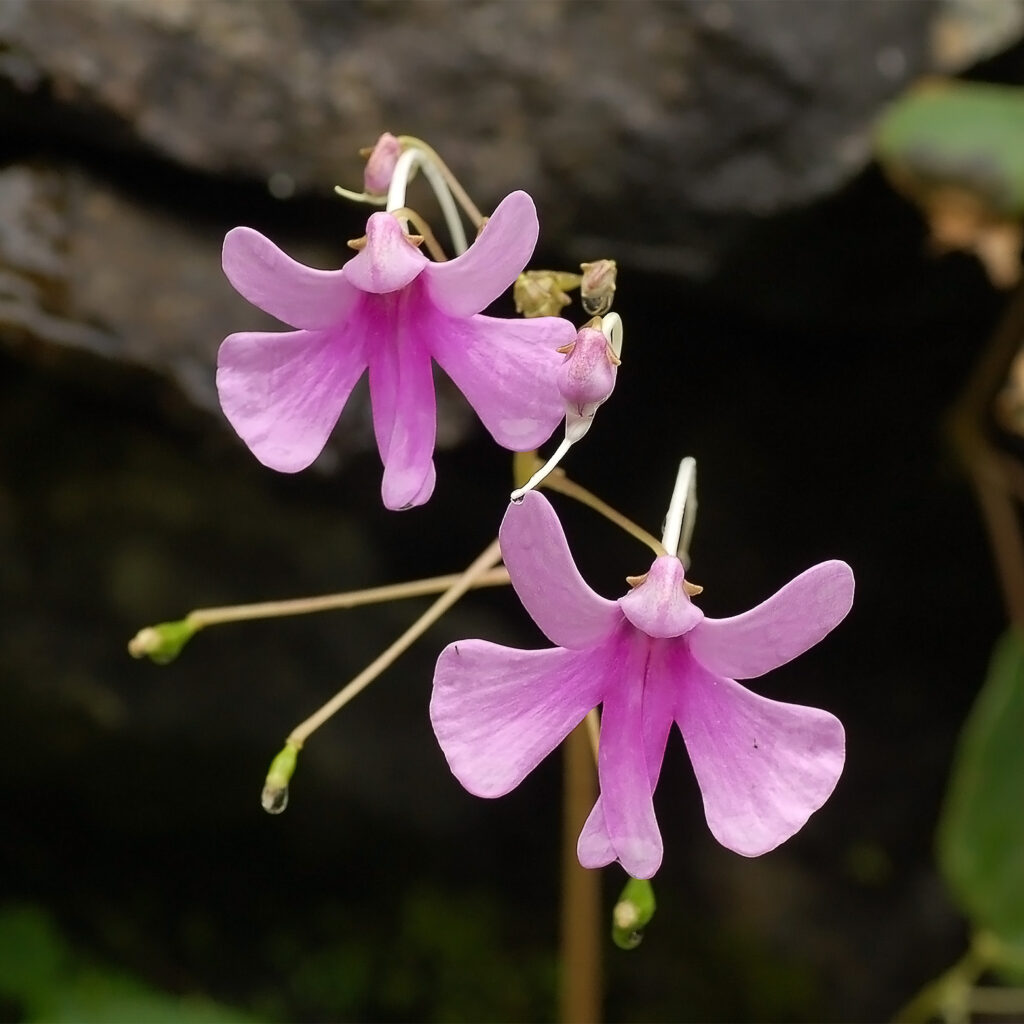
One of the most popular and easy-to-grow shade flowers, Impatiens are prized for their long-lasting, vibrant blooms that come in nearly every color of the rainbow. These annuals are a go-to for gardeners looking to brighten up shady patios, containers, or garden beds.
Impatiens thrive in partial to full shade, preferring moist, well-draining soil. Their low, bushy growth habit makes them excellent for mass plantings or mixed container arrangements. With consistent watering, they’ll bloom nonstop from spring to fall.
6. Foxglove (Digitalis purpurea)
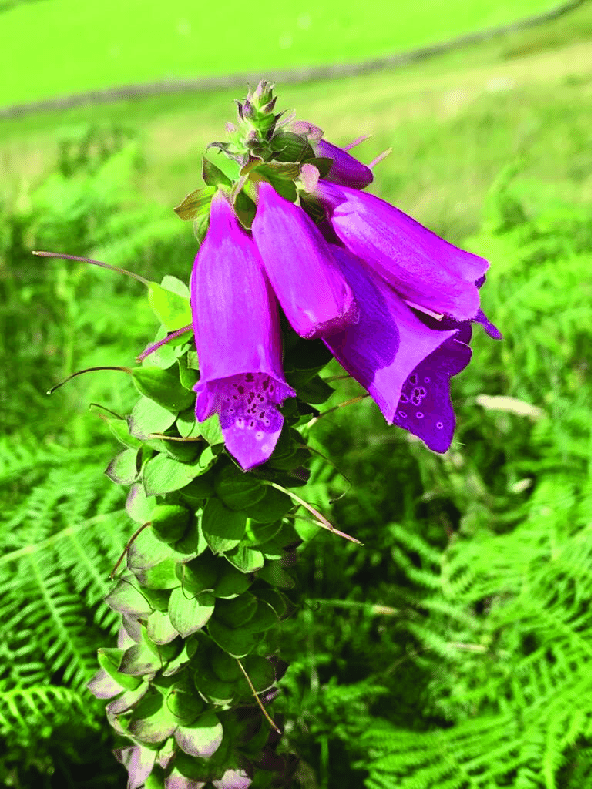
Tall, elegant spires of bell-shaped flowers make the Foxglove a striking addition to shaded gardens. Blooming in shades of pink, purple, white, and yellow, these classic cottage garden plants thrive in partial shade, especially in areas with morning sun and afternoon shade.
Foxgloves prefer rich, well-draining soil and can self-seed, often naturalizing in woodland or shaded garden borders. While stunning, it’s important to note that all parts of the foxglove plant are toxic if ingested, so plant with caution if you have pets or small children.
7. Coral Bells (Heuchera spp.)
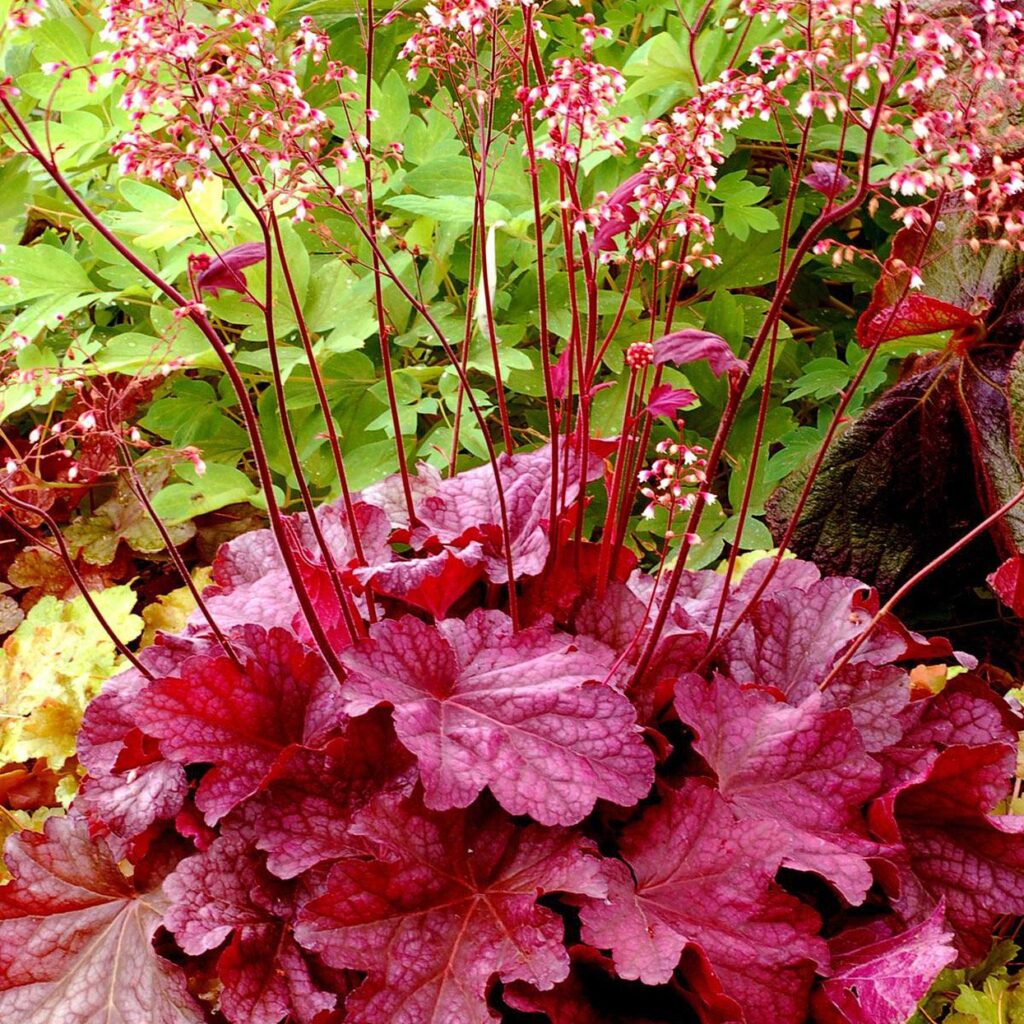
Primarily grown for their eye-catching foliage, Coral Bells also produce airy spires of tiny bell-shaped flowers in late spring to early summer. The leaves come in a remarkable range of colors — from lime green and burgundy to deep purple and silver.
Coral Bells thrive in partial shade but can tolerate full shade in hotter climates. They prefer well-drained soil and are drought-tolerant once established. Perfect for adding texture and color variation to shady borders, rock gardens, and container plantings.
8. Lungwort (Pulmonaria spp.)
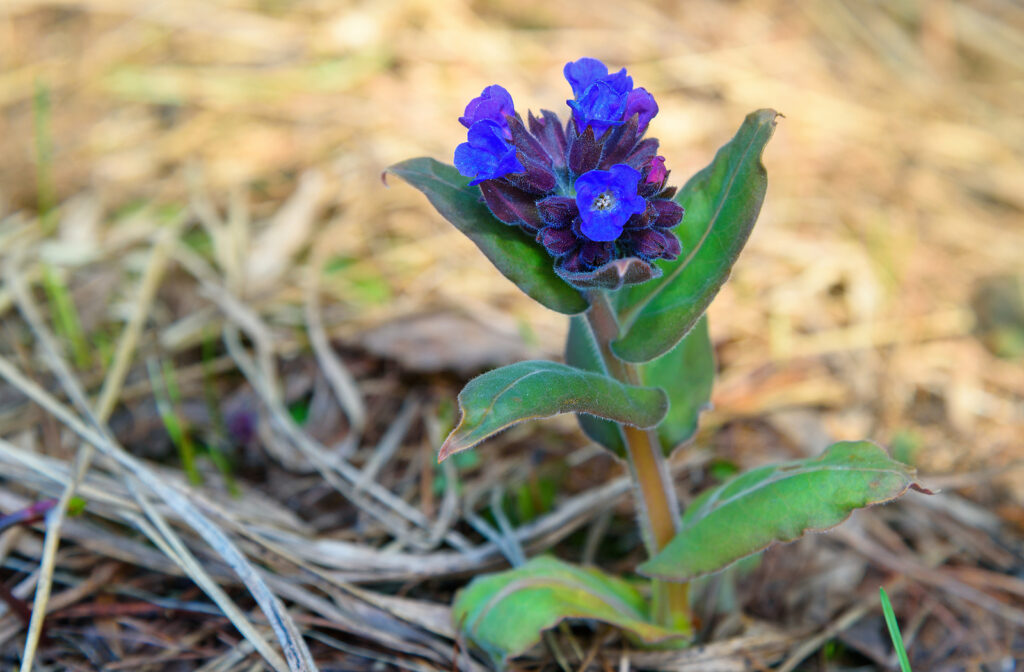
An underrated gem for shady areas, Lungwort is admired for its spotted or silver-speckled foliage and clusters of small, bell-shaped flowers in shades of blue, pink, or white. Often blooming in early spring, Lungwort pairs beautifully with hostas and ferns.
Thriving in partial to full shade, this perennial prefers cool, moist, well-drained soil rich in organic matter. Its attractive foliage remains decorative throughout the growing season, making it a reliable filler plant for shaded areas.
9. Japanese Anemone (Anemone hupehensis)
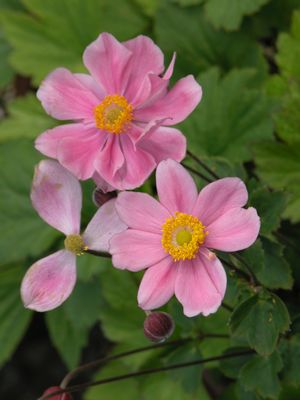
For late-season color in shady garden corners, Japanese Anemones are an excellent choice. These perennials produce graceful, single or semi-double blooms in shades of white, pink, or lavender on tall, wiry stems from late summer into fall.
Japanese Anemones thrive in part shade and prefer rich, evenly moist soil. They’re perfect for naturalizing in woodland gardens, borders, or along shaded walls. Once established, they form large, attractive clumps and are relatively low-maintenance.
10. Begonia (Begonia spp.)
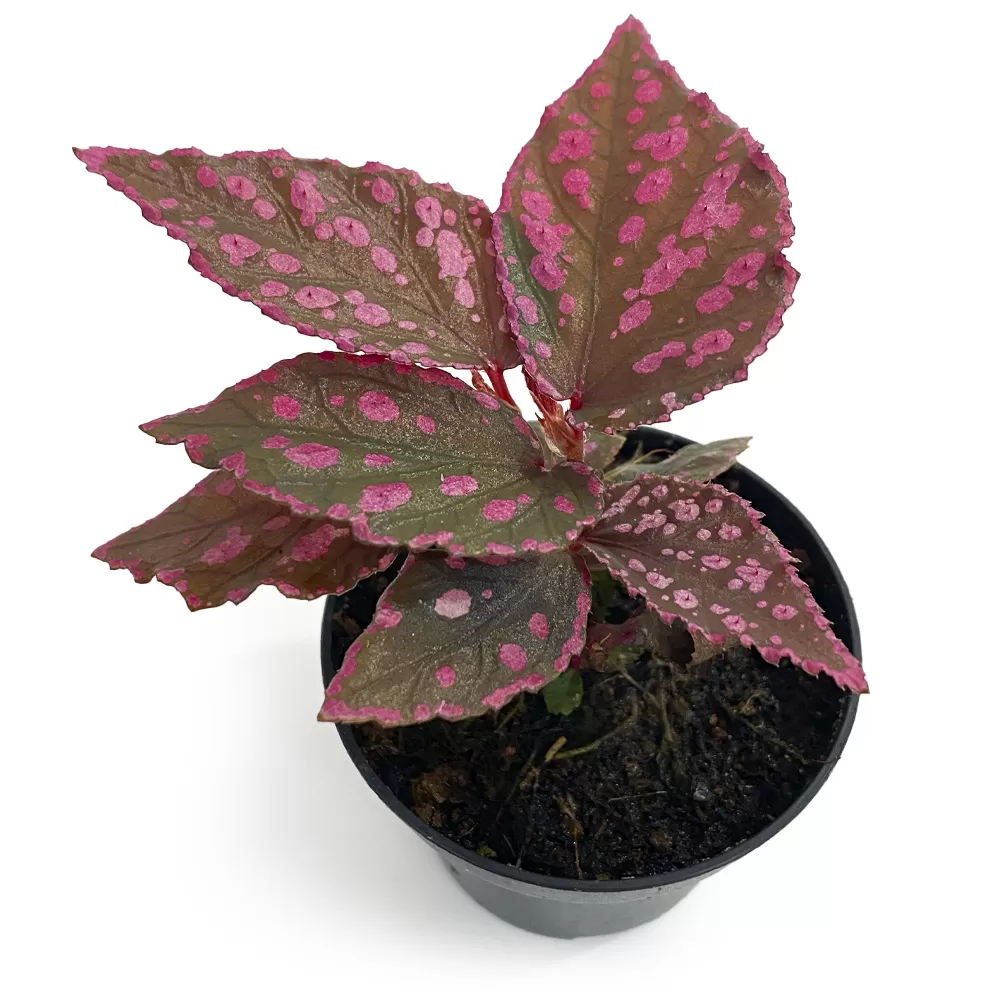
Begonias are versatile shade-loving annuals or perennials (in warm climates) known for their vibrant flowers and often decorative foliage. Popular varieties like Wax Begonias and Tuberous Begonias bloom profusely in shades of red, pink, white, orange, and yellow.
These plants prefer partial to full shade, with moist, well-draining soil. Ideal for hanging baskets, containers, or garden borders, begonias bloom continuously from spring through fall. Their bold, waxy leaves and colorful flowers make them a standout in any shaded garden space.
Final Thoughts
Just because a corner of your garden lacks sunlight doesn’t mean it has to lack color, texture, or life. These 10 beautiful flowers that thrive in shady areas prove that even the dimmest parts of your yard can become a lush, colorful retreat.
By choosing the right shade-tolerant plants — from the romantic Bleeding Heart to the bold foliage of Coral Bells — you can design a visually stunning garden that flourishes without direct sun. Whether you’re aiming for a serene woodland vibe or a pop of vibrant color, there’s a perfect shade-loving flower waiting to transform your outdoor space.

